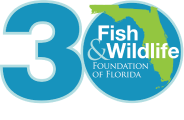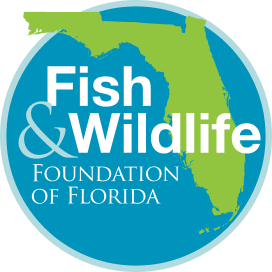Our state’s population has grown by more than 60% in the last 30 years, and so too have the conservation challenges we face: warming waters, habitat loss, species extinction, and the spread of invasive species.
Celebrating
30 years
as Florida’s community
foundation for conservation
Since our founding in 1994 as the citizen support organization for FWC, the Fish & Wildlife Foundation of Florida has confronted these challenges. And as Florida’s community foundation for conservation, we have collaborated with FWC and its many partners to ensure wild Florida exists for future generations.
30 stories for 30 years
Recovery for one of North America’s most endangered birds reaches historic milestone
Year Funded: 2021
Amount: $80,725
Responding to an unprecedented crisis
Year Funded: 2021
Amount: $400,000
Reviving the Indian River Lagoon
Year Funded: 2021
Amount: $2,164,000
A lifesaver for Florida’s panthers
Year Funded: 2021
Amount: $38,000
Graduating from Springs School
Year Funded: 2019
Amount: $10,555
The bear necessities
Year Funded: 2001
Amount: $125,000
A slithering success
Year Funded: 2016
Amount: $38,353
Florida’s newest scarecrows
Year Funded: 2019, 2020
Amount: $87,209
Support Through Storms
Year Funded: 2022
Amount: $178,172
The future of Florida’s Coral Reef
Year Funded: 2020
Amount: $700,000
Under the sea
Year Funded: 2022
Amount: $27,119
Knights in spiny armor
Year Funded: 2021
Amount: $37,358
Tagging for tomorrow
Year Funded: 2021
Amount: $15,000
The Gulf’s tropical trends
Year Funded: 2020
Amount: $28,483
Using science and speed
Year Funded: 2019
Amount: $65,000
Turning the tide on lionfish
Year Funded: 2013
Amount: $43,600
Tackling tegus
Year Funded: 2014
Amount: $75,000
Protecting a rare Florida crayfish
Year Funded: 2023
Amount: $170,000
Eradicating invasive rats
Year Funded: 2013
Amount: $70,000
Expanding EYCC
Year Funded: 2014
Amount: $300,000
Fish fun for all at SYCC
Year Funded: 2018
Amount: $500,000
Turning Tampa Bay kids from screens to archery
Year Funded: 2020
Amount: $4,920
Hopping toward conservation
Year Funded: 2022
Amount: $15,190
All a-bat Florida’s bats
Year Funded: 2020
Amount: $12,830
Preventing the spread of a deadly disease
Year Funded: 2002
Amount: $52,000
Making the outdoors accessible to all
Year Funded: 2022
Amount: $25,000
Female veterans find a new home in the outdoors
Year Funded: 2020
Amount: $26,700
Leftovers for Lars
Year Funded: 2021
Amount: $10,000
Improving Duette Preserve
Year Funded: 2018
Amount: $28,450
Removing barriers for new hunters
Year Funded: 2018
Amount: $2,000
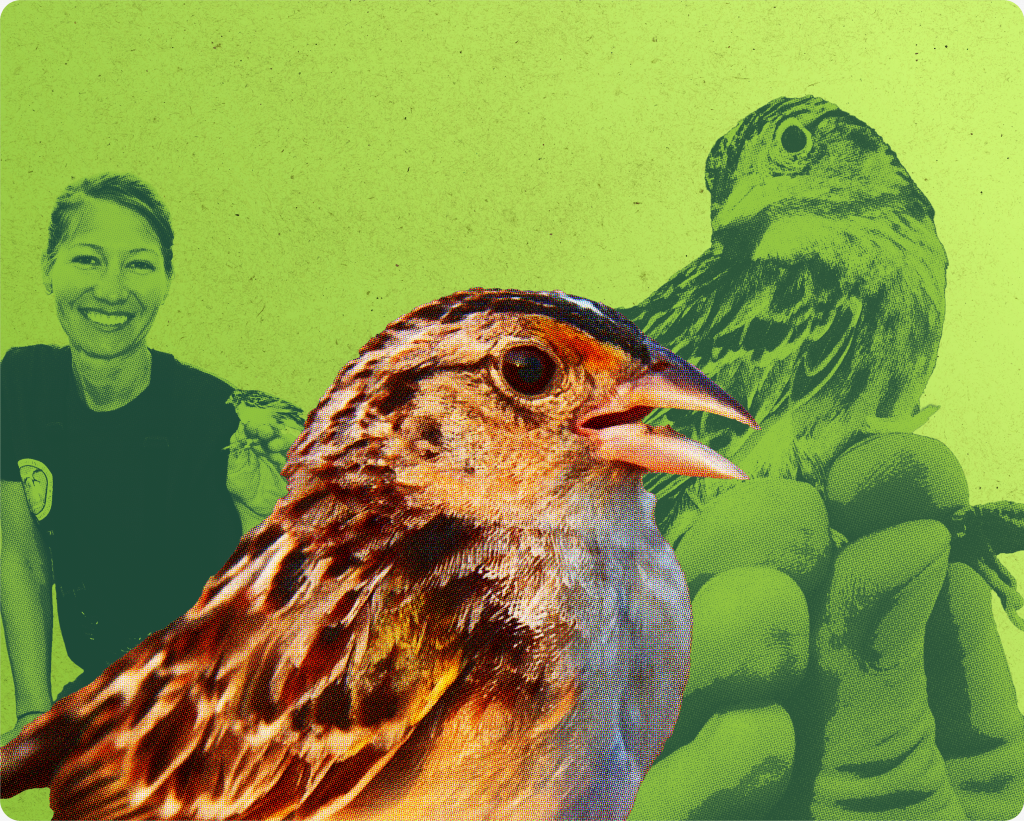
Recovery for one of North America’s most endangered birds reaches historic milestone
Year Funded: 2021
Amount: $80,725
Source: CWT
City: Whittier
Region: Central
Location: 27.92827329998789, -81.12298915092433
It was not the most dramatic animal release of all time, but it marked a hoped-for turning point for one of North America’s most endangered birds. In May 2019, the first captive-bred, endangered Florida grasshopper sparrow (Ammodramus savannarum floridanus) and several siblings and friends were driven south from White Oak Conservation where they were hatched to the last dry prairie remaining in Florida.
The small, ground-nesting bird was on the brink of extinction. Its central Florida habitat largely gone, the few remaining birds were particularly vulnerable to snakes and other predators and flooding from heavy rains. To prevent its extinction, the U.S. Fish and Wildlife Service, the Florida Fish and Wildlife Conservation Commission (FWC), White Oak Conservation, our Foundation, and others came together on a multi-pronged strategy to bring
the sparrow back from the brink.
White Oak Conservation has had remarkable success captive rearing the sparrow, averaging 13 offspring per breeding pair per year. Since that 2019 release, the wild Florida grasshopper sparrow population has more than doubled. At the initial release site, FWC’s Three Lakes Wildlife Management Area, the population increased from 11 breeding pairs in 2018 to at least 37 in 2023. Avon Park Air Force Range was added as a release site in 2021, and although wild Florida grasshopper sparrows were no longer present, released birds remained onsite and successfully bred the season following the first Avon Park release.
Our Foundation, working with the University of Florida and Ducks Unlimited, also helped protect the only known colony on private land — the 27,000-acre DeLuca Preserve in Osceola County, which was gifted to the University in 2022 by the DeLuca family.
Fast forward to 2024: as the sun rose over the central Florida prairie the morning of July 16, another tiny sparrow took a tentative hop into conservation history. If you blinked, you might have missed the release of the 1,000th captive-bred Florida grasshopper sparrow, marking a new milestone for one of North America’s most endangered birds. Accompanied by nine buddies, the 1,000th sparrow joined its wild counterparts at Avon Park Air Force Range.
We wish to thank everyone involved in this project for such outstanding progress in the sparrow’s long-term recovery.
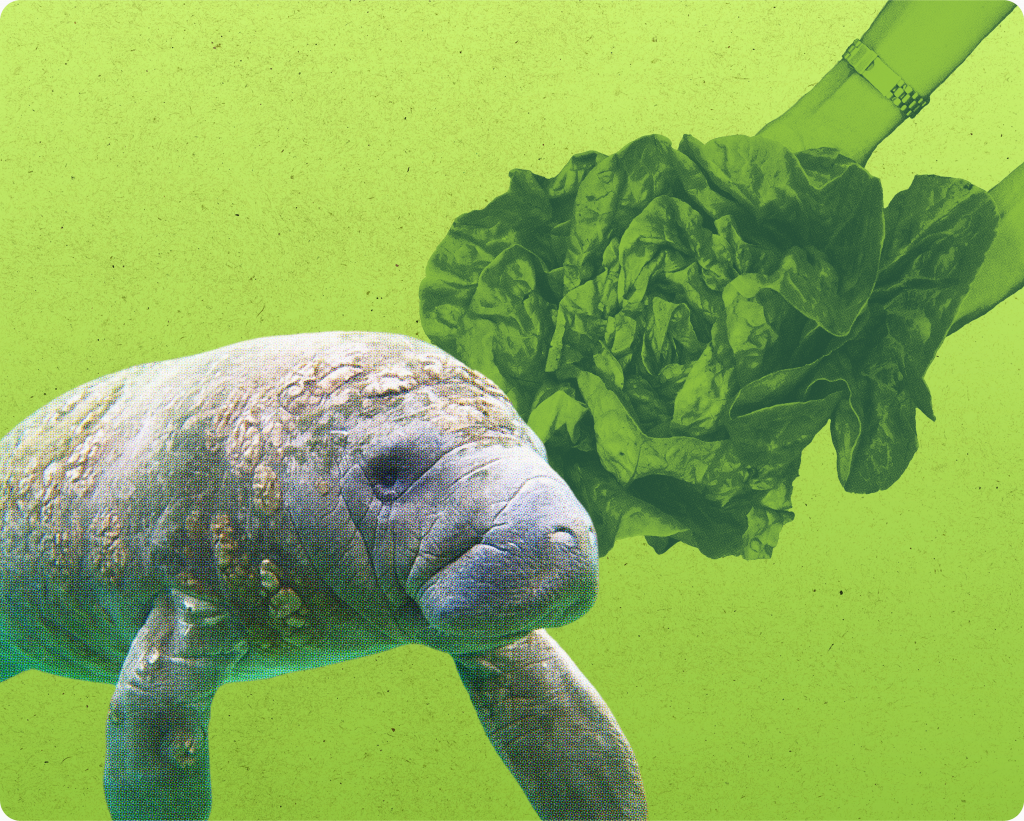
Responding to an unprecedented crisis
Year Funded: 2021
Amount: $400,000
Source: Florida Power & Light, DUDA, grassroots donors
City: Titusville
Region: Central
Location: 28.469767091935413, -80.76421130118221
The starvation of hundreds of manatees in the 150-mile-long Indian River Lagoon (IRL) along Florida’s Atlantic coast made global headlines in 2021. To reduce the chances of it reoccurring in 2022, FWC and USFWS decided to feed wild manatees in the northern IRL during the 2022 winter. No one knew if wild manatees would take to lettuce, and for the first few anxious weeks, they didn’t.
But then they caught on quickly. Over two winters, IRL manatees ate 600,000 pounds of romaine and butter lettuce near Florida Power & Light’s Clean Energy Center in Cape Canaveral, where manatees gather every winter in the warmed waters. Our Foundation purchased the vast majority of those pounds using donations from individuals, foundations, and businesses throughout the United States and abroad.
We were able to stay two to three weeks ahead of the grocery bills, ensuring an unbroken daily diet of nutrient-rich veggies. Once spring came, the manatees dispersed to the open ocean and estuaries elsewhere. Although it’s difficult to know how many manatees were saved, mortality rates dropped from 2021, and manatees in and around the IRL in the late fall looked better nourished than previously. By the winter of 2024, IRL manatees had recovered enough to not need winter feeding.
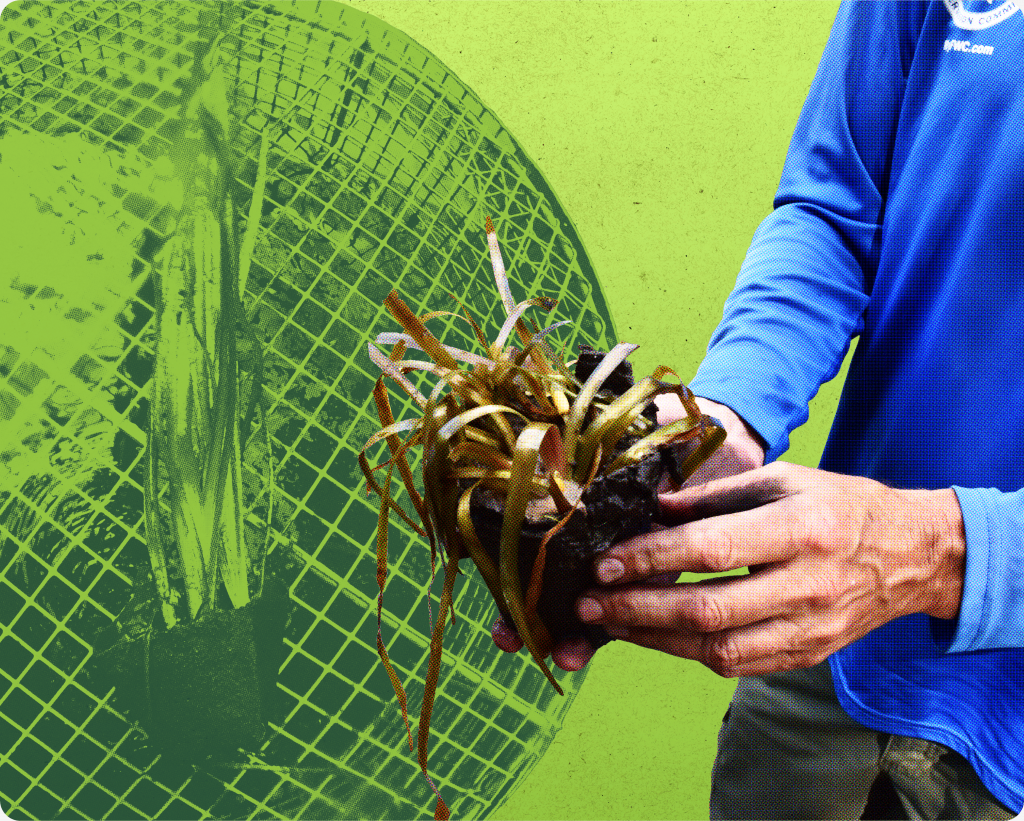
Reviving the Indian River Lagoon
Year Funded: 2021
Amount: $2,164,000
Source: Fox Rock Foundation, Bass Pro Shops and Cabela’s Outdoor Fund, the Coastal Conservation Association, the Coypu Foundation, the Arthur L. & Elaine V. Johnson Foundation, Mr. Daniel Maltz, Garner and Connie Koons, Informa Markets, the Nancy P. and Richard K. Robbins Foundation, grassroots donors
City: Jupiter
Region: South
Location: 27.003635941392478, -80.10093666074124
The starvation of hundreds of manatees in the 150-mile-long Indian River Lagoon (IRL) along Florida’s Atlantic coast made global headlines in 2021. Our Foundation stepped in to feed manatees and stop starvation, thanks to donations from hundreds of you. But the long-term recovery of the IRL ecosystem and its manatees depends on additional significant reductions in nutrient runoff and restoration of its once-extensive eel- and seagrass beds. We’ve invested more than $2 million in restoring eight eelgrass sites within the IRL where the water quality is good in partnership with FWC, the St. Johns River Water Management District, and seagrass restoration companies Sea & Shoreline and Aquatech.
Our work began with 60,000 eelgrass seedlings planted in 2021 in the Loxahatchee River. These seedlings were protected initially by cages to allow them to take root and send out runners; one plant can spread up to seven feet in all directions in one year under ideal conditions. This year, we broke ground on a large new project along the Titusville Causeway in the central IRL, a popular viewing location for rocket launches. Restoration efforts include seagrass and mangrove planting along with shoreline erosion prevention.
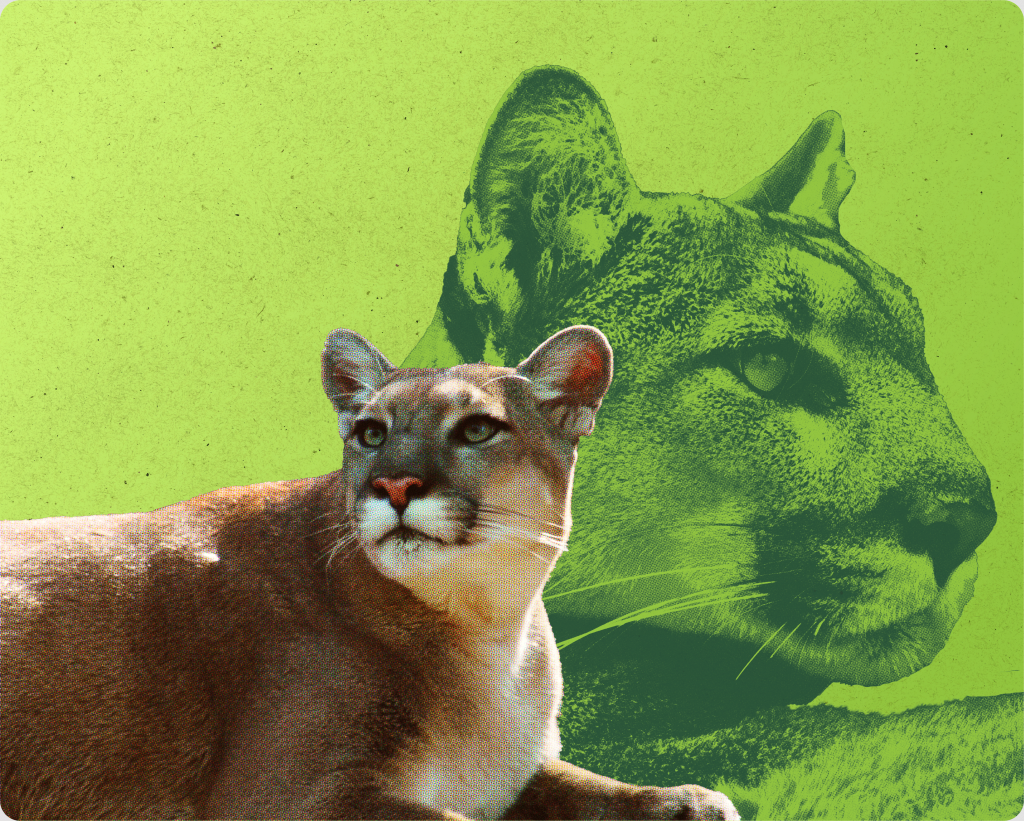
A lifesaver for Florida’s panthers
Year Funded: 2021
Amount: $38,000
Source: Knopf Foundation
City: Big Cypress
Region: South
Location: 26.20545424924105, -81.39368483358722
For an animal as elusive and majestic as the Florida panther, it is heartbreaking that their leading cause of death is something as mundane as our driving. Increased development and habitat destruction, and a lack of wildlife crossings, have brought them into greater contact with roads in southwest Florida. When panthers are struck, FWC veterinarians are able to respond quickly, but often lose the panther in transit to a care facility.
In response, in 2021 we purchased a portable x-ray machine that allows responders to quickly and precisely assess, triage, and address the panther’s injuries on the side of the road. This immediate diagnostic capability is crucial in determining whether a panther can be treated on-site, needs to be transported to a veterinary facility, or if humane euthanasia is the most compassionate option. By providing real-time insights into fractures, internal injuries, and other trauma, the machine increased their chances of survival.
The technology has also supported the collection of critical data, aiding in the understanding of injury patterns and informing future conservation strategies. We are committed to the highest standards of wildlife care and conservation. It positions the FWC at the forefront of wildlife response efforts, ensuring that every panther involved in a road collision receives the best possible chance of recovery. As we strive to protect and preserve Florida’s natural heritage, this innovative tool represents a vital step forward in safeguarding one of our most treasured and vulnerable species.
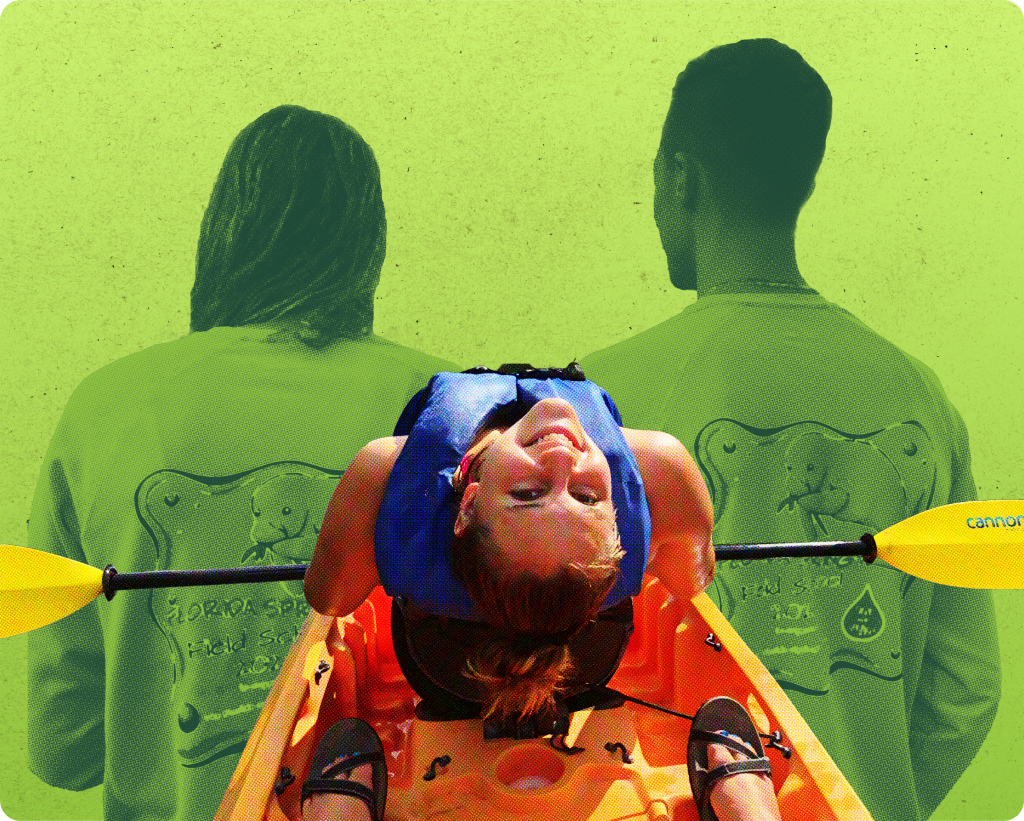
Graduating from Springs School
Year Funded: 2019
Amount: $10,555
Source: PFS
City: Fort White
Region: Central
Location: 29.99081919187294, -82.7265939247551
The Howard T. Odum Florida Springs Institute’s (FSI) annual Springs Field School boasts the most comprehensive, in-depth course on Florida’s springs. Thanks to a $10,555 grant from our Foundation, participants explored topics like spring ecology, water use, pollution impacts, and environmental management during the week-long course that took place in early September 2019.
Springs School provides a crucial look into the fragile aquifer system that spans our entire state. Due to increased human activities, flow reductions, and lawn management practices, our springs are in need of protection now more than ever. Environmental scientists, ecologists, environmental activists, water resources engineers, natural resource managers, and attorneys practicing environmental law alike attend the annual crash course with the most up-to-date data on our changing waterways.
Following a week of coursework, students were invited on a guided paddle of the Ichetucknee River, where FSI staff demonstrated sampling techniques. The excursion was led by Dr. Robert Knight, who taught the group about the ecology of the Ichetucknee River and the springs system as they traveled the river.
Florida may be renowned for its pristine beaches, but our natural freshwater springs are equally treasured. Nearly 900 individual springs bubble to the surface across the state, providing not only beautiful ecosystems but also drinking water for millions of residents. Grants for programs like these, which provide critical research for those at the forefront of spring protection, are made available through purchases of our Protect Florida Springs license plate. In total our Foundation has supported three years of Springs Field School.
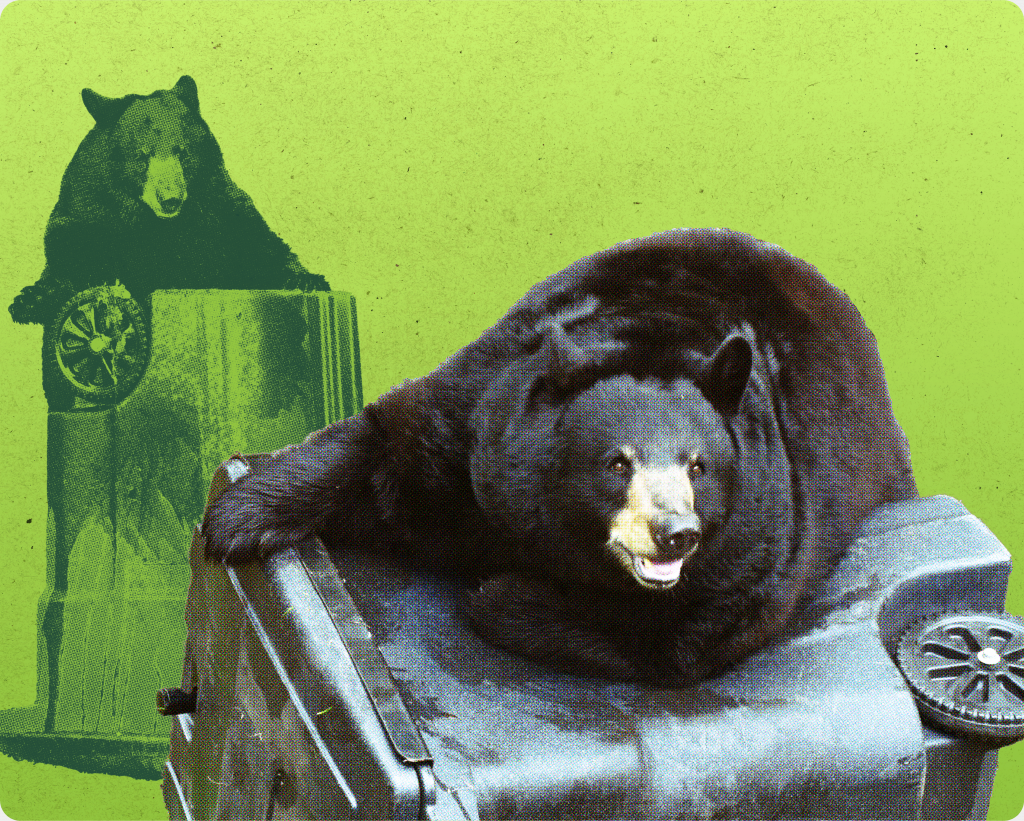
The bear necessities
Year Funded: 2001
Amount: $125,000
Source: CWT
City: Ocala
Region: Central
Location: 29.25519556550511, -81.7100492416767
Florida black bears are a conservation success story. Once near extinction due to habitat loss and overhunting, their population has rebounded significantly thanks to protective laws, habitat restoration, and strategic management. But with an increased population comes an increase in human-bear conflicts. To ensure the safety of both bears and residents, FWC undertook several conservation strategies thanks to a grant from our Foundation.
Partnering with the Florida Department of Transportation, researchers analyzed hair samples from the six core bear populations, providing a more accurate picture of bear density and distribution. Biologists also expanded their network of contracted wildlife nuisance agents. Finally, the grant supplied gear to deter interactions, like bear-proof trash containers.
This work has continued for more than two decades with funding from our Foundation, demonstrating our commitment to protecting all Floridians, both two and four legged.
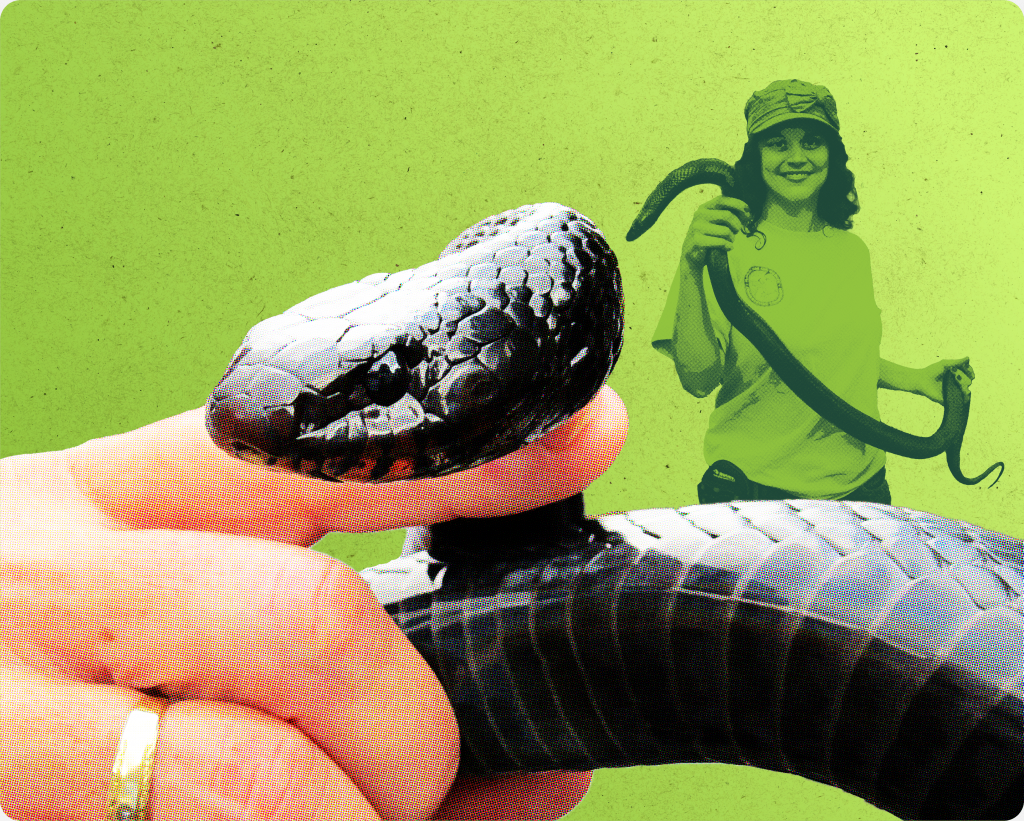
A slithering success
Year Funded: 2016
Amount: $38,353
Source: CWT
City: Bristol
Region: North
Location: 30.45448380927489, -84.96998109003374
The eastern indigo snake (Drymarchon couperi) is North America’s longest snake, an iconic apex predator of the now rare southern longleaf pine ecosystem. Reaching lengths over eight feet long, eastern indigo snakes often rely on gopher tortoise burrows for shelter during cold weather. Largely eliminated from
northern Florida due to habitat loss and fragmentation, eastern indigo snakes were last observed at Apalachicola Bluffs and Ravines Preserve in 1982.
That changed in July 2017. Thanks in part to the support of our Conserve Wildlife license plate, 12 young indigo snakes bred in captivity were released into the preserve. The released snakes were tirelessly monitored using radio-telemetry, some showing remarkable resilience and adaptability. A significant milestone was achieved in 2023 with the discovery of the first hatchlings born in the preserve, signaling the potential for a sustainable population.
Our commitment to restoring the eastern indigo snake population continues. In the spring of 2024, 41 more snakes were released into the preserve, closing in on the ambitious goal of 300 releases.
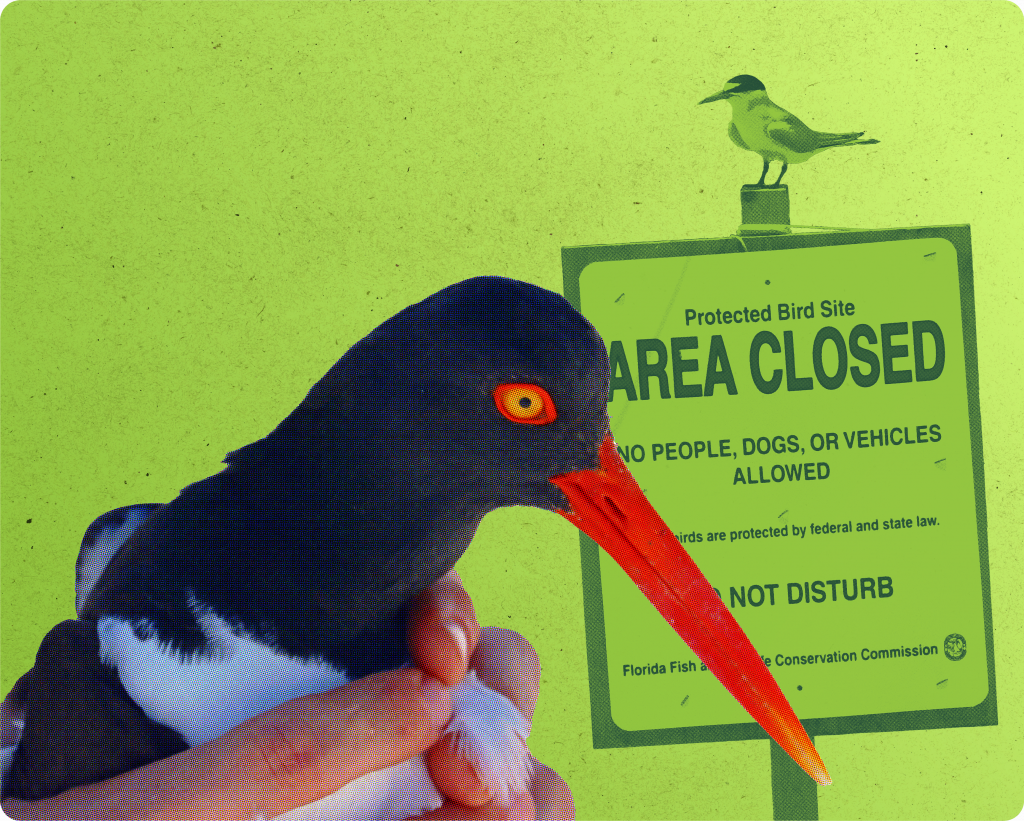
Florida’s newest scarecrows
Year Funded: 2019, 2020
Amount: $87,209
Source: CWT
City: Jacksonville
Region: North
Location: 30.52220082577284, -81.43954596379292
When you picture a scarecrow, do you see a straw body dressed in tattered clothes used to protect farms from birds? Thanks to two grants from our Foundation, northeast Florida now has a new type of scarecrow to protect imperiled birds.
Nesting in the region has suffered from an overabundance of predation, with crows playing a major role. The scarecrows (or crow effigies) are previously deceased crows placed around the nesting sites of least terns and American oystercatchers to scare off living crows. Researchers also used electric fences, bird spikes, traps, and cover structures, warding off coyotes, raccoons, and owls.
This novel approach to predator management was effective. Amelia Island State Park saw the most dramatic benefit: the park fledged least tern chicks for the first time since 2015. Little Talbot Island State Park, one of the most important imperiled beach nesting bird locations along the Atlantic coast of Florida, hosted the second highest number of oystercatcher chicks fledged in the past 10 years following the grant. At Sawpit Island, the crow effigies were credited for the presence of any nests given previous predator activity on the Island. Julia’s Island, one of the few locations along Florida’s Atlantic coast that supports ground nesting black skimmers, was home to the birth of 48 least terns, three American oystercatchers, and five Wilson’s plovers.
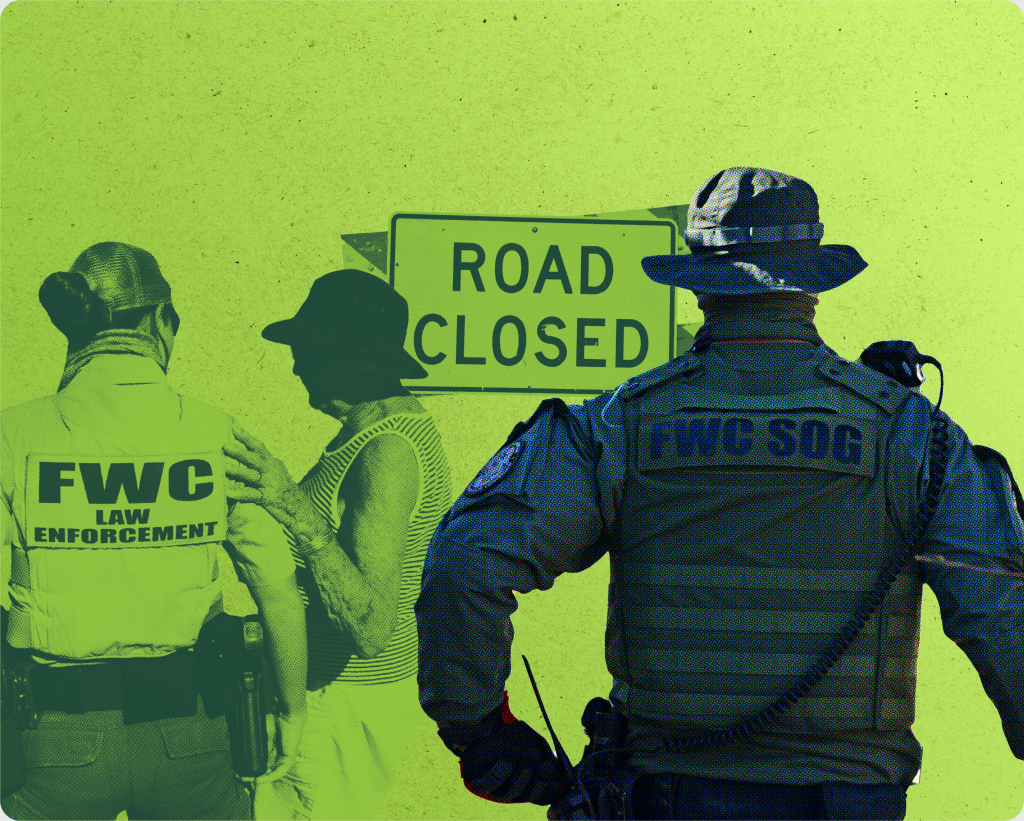
Support Through Storms
Year Funded: 2022
Amount: $178,172
Source: Grassroot donors
Region: Central
Location: 26.433921199145868, -82.0925202841279
2022’s Hurricane Ian was one of the most destructive storms to strike the United States. In the face of billions of dollars in damages to homes, property, and delicate natural habitats, FWC deployed over 100 officers to aid in community rescue efforts throughout southwest Florida. With their unique training, experience, and equipment, FWC officers are often the first to respond to affected areas.
However, FWC staff were not immune to the hurricane’s impacts, with many facing homelessness and property damage. Thanks to grassroot donors, we were proud to support nearly 100 FWC officers, biologists, and other staff, aiding in relocation assistance, loss of personal property, and home repair. Andrew Garrett, an FWC Marine Mammal Biologist, had a tree fall on his family’s home during the storm. The Foundation provided help with the expensive removal process. “The financial assistance we received from the FWC Employee Assistance fund will definitely take some of the sting out of that unplanned expense,” said Garrett, whose staff was deployed to Port Charlotte to help after the hurricane.
In addition to the direct assistance to individuals, our Foundation also purchased supplies for first responders including food, generators, and gas to provide meals to those working tirelessly on the scene. “Working in the aftermath of a major storm can be extremely challenging and takes a toll on our first responders. The Foundation played a key role in supporting this mission by generously purchasing food and supplies for those deployed,” said Major Jay Russel, FWC Northeast Regional Commander. “By providing consistent hot meals to our members, morale was higher than I have ever witnessed at a disaster response. This resulted in an incredible amount of work getting done for the communities that needed it the most.”
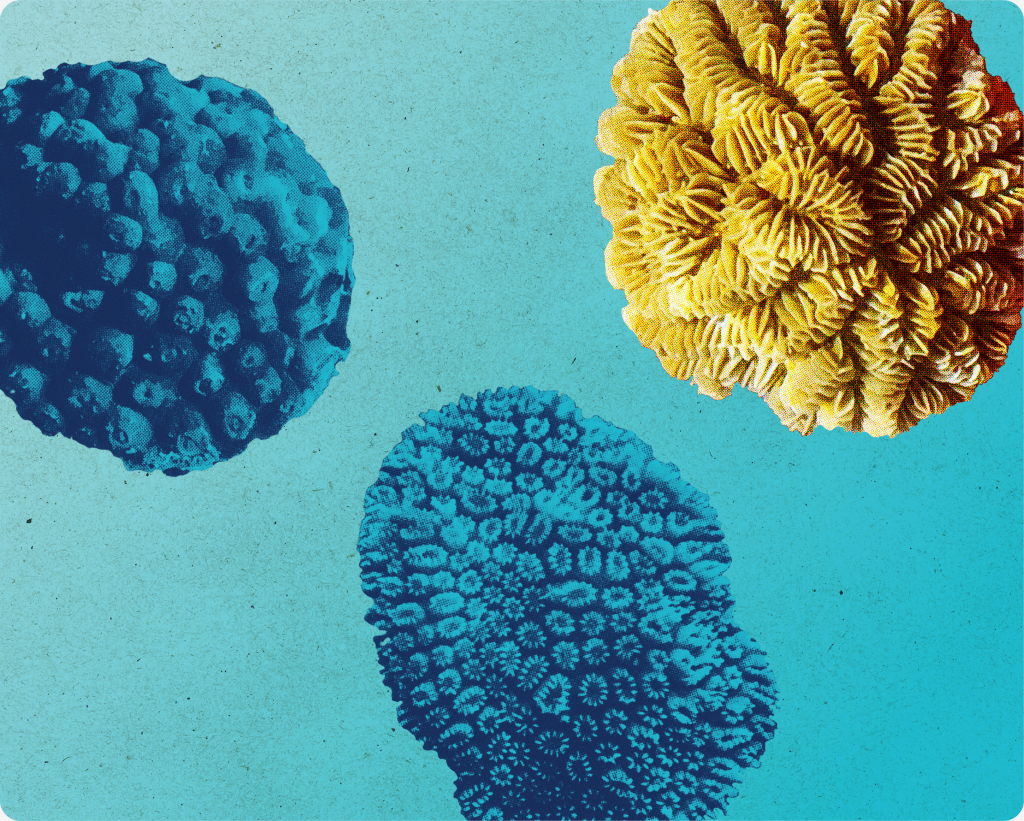
The future of Florida’s Coral Reef
Year Funded: 2020
Amount: $700,000
Source: DFO, Bass Pro Shops and Cabela’s Outdoor Fund, the Edith and Curtis Munson Foundation
City: Orlando
Region: Central
Location: 28.413257733363892, -81.40842089775312
Coral reefs are central to the health and diversity of our oceans. In addition to providing a home for a quarter of all marine life, reefs regulate carbon dioxide levels in the water and prevent shoreline erosion by mitigating the effects of offshore currents and hurricanes. Florida’s Coral Reef, the largest in North America, runs from Martin County to the Dry Tortugas. The 360-mile system has suffered many stresses in recent years, from extreme temperatures, excessive salinity, invasive lionfish, and the mass die-off of sea urchins that keep the reef clear of algae.
In 2014, another threat appeared: stony coral tissue loss disease. It spread across the entire reef in five years, attacking 22 of the 45 species of stony corals. In many areas, mortality approached 100 percent. More than 2,000 healthy stony corals were rescued in advance of the disease by FWC and
NOAA, now held in 19 facilities in 13 states.
Since 2020, our Foundation has operated the largest such facility in partnership with SeaWorld, Disney Conservation, and the Association of Zoos and Aquariums. Located in Orlando and known as the Florida Coral Rescue Center (FCRC), this state-of-the-art gene bank has also propagated corals, some for the first time in human care. FCRC’s 500+ adult corals represent 18 stony coral species, some of which are classified as threatened under the Endangered Species Act. The corals at FCRC are flourishing, growing daily and successfully spawning.
In fact, in just one week of July 2024, 160,000 brain coral larvae were produced, literally creating the future of Florida’s Coral Reef. Over time, these corals will be cross-bred to maximize their genetic diversity and resistance to disease and higher ocean temperatures. This is just the start of their journey— and ours—to rebuild our reefs.
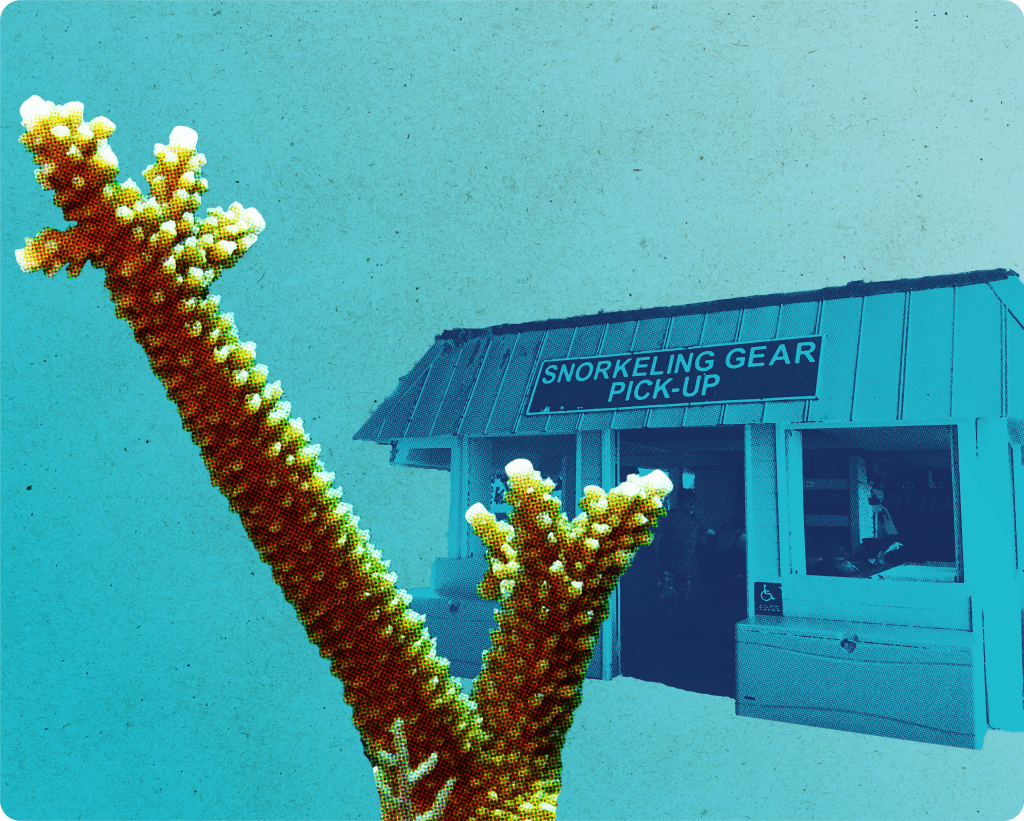
Under the sea
Year Funded: 2022
Amount: $27,119
Source: DFO
City: Key Largo
Region: South
Location: 25.157969275547376, -80.3729276228168
Located in Key Largo, John Pennekamp Coral Reef State Park is the country’s first undersea park, encompassing nearly 70 nautical square miles, protecting a unique segment of the only living coral reef in North America.
The extensive patch of coral reef system in the park is comprised of 32 stony coral species and 14 octocoral species, which support a diverse variety of marine animals. The protected coral reef, large seagrass beds, and mangrove ecosystems of Key Largo are home to numerous species that are critically economically, culturally, and ecologically important.
Our Foundation is committed to making Florida’s Coral Reef accessible to all, including via the Pennekamp State Park’s underwater camera since 2022. Also known as the Coral Cam, it live streams from a coral reef inside the park. Viewers have the opportunity to see beautiful purple fan corals, blue angelfish, trunkfish, and hundreds more at the click of a button. On-site, the Coral Cam is also featured at a permanent kiosk inside the park’s visitor center. During the recent marine heatwaves, the camera also gave viewers a behind the scenes experience of the effects of high ocean temperatures on marine life.
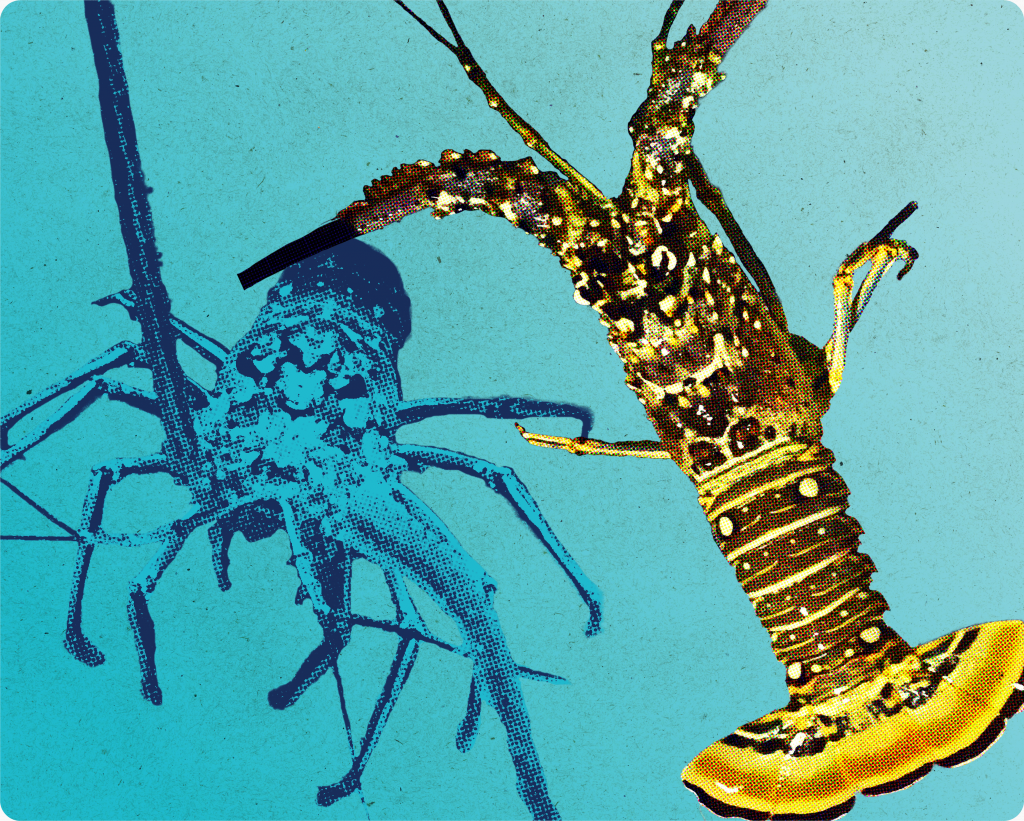
Knights in spiny armor
Year Funded: 2021
Amount: $37,358
Source: CWT
City: Key West
Region: South
Location: 24.62893193390718, -82.87326762710467
Corals create the castles that form the foundation of thriving marine ecosystems, but they are also the inhabitants, susceptible to siege by hordes of predators. Marching to their rescue is the spotted spiny lobster (Panulirus guttatus), one of the knights of the coral kingdom.
Corals may look unappetizing to you and me, but they are a favorite food of the sea snail (Coralliophila galea). In a healthy, balanced coral reef ecosystem, the snail is not a problem. But on reefs already stressed by disease, rising water temperatures, and other threats like those in Florida, these coral-eating snails become a serious issue. Controlling them is particularly important when transplanting nursery-raised corals to restore degraded reefs since the snails consume young corals before they have a chance to grow or reproduce. Enter the spotted spiny lobster, which finds the snails equally delicious. One full-grown lobster can consume several
snails a day.
In 2021, FWC biologists wanted to determine if transplanting spotted spiny lobsters at coral restoration sites was an effective way to control snails. With our grant, researchers collected and studied wild spotted spiny lobsters to evaluate their snail consumption and the resulting health of the reefs. The study revealed that the urine of spiny lobsters scares off snails and fireworms that are known to feed on live coral.
Thanks to last summer’s marine heatwave, the study also unexpectedly examined how the food web around coral reefs is shifting due to environmental changes. Scientists observed that lobsters at less degraded reefs were picky in their food choices, eating fireworms and even invasive lionfish — the first time that meal was confirmed! But at the more degraded reefs, the lobsters were forced to eat whatever was available, like the last hour at a buffet. As lobsters eat fewer coral predators, a reef damaged by bleaching is now even more vulnerable to predators. This novel form of “biological control” could be employed not only at Florida’s reefs, but across the Caribbean where spotted spiny lobsters are naturally found.
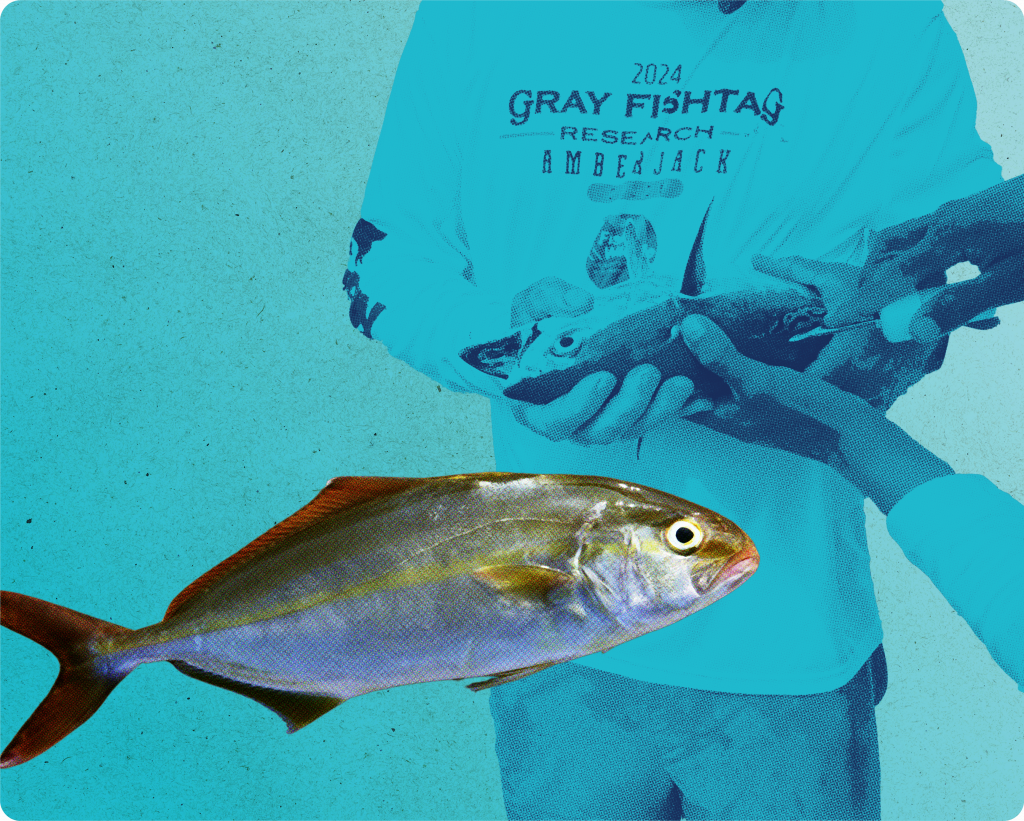
Tagging for tomorrow
Year Funded: 2021
Amount: $15,000
Source: DFO
City: Marathon
Region: South
Location: 24.71062189079675, -81.11319625204693
In a move Hemingway himself would laud, the Foundation made its first grant to study and conserve sailfish, marlins, and other large billfish in Florida waters in 2021. Pompano Beach-based, nonprofit Gray FishTag Research has created an international fish-tagging program in which 10,000 charter boat captains and mates participate, the largest such network in the world.
Our grant purchased 3,000 such tags. But the nonprofit is doing more than just reeling in fish and slapping on tags. When the captains engage their boats full of anglers from around the world in the tagging work, they are also raising awareness about marine conservation. And they’re breaking records for numbers of tags placed, fish recaptured, and types of species tracked, including swordfish and striped marlin.
Their amberjack study is the first to use satellite tracking to study the migration and other behaviors of this prized sportfish. Amberjack are fast-moving predators that feed on smaller fish and crustaceans. Although an important sport and food fish, little is known about their movements. Gray FishTag Research used our grant to tag amberjack in cooperation with a number of Florida fishing charter boat captains, who catch and release the fish. Satellites will track some; others will be recaught by fisherman, who will report their location back to Gray FishTag Research prior to re-release.
A trip in late May 2022 with several Foundation staff in the Keys led to the tagging of a perfect 50-inch candidate. The satellite tag was programmed for four months and collected data by three sensors: light (geo-location), water temperature, and depth during the tag’s duration. Once the tag was released, it began transmitting the collected data to the Argos satellite overhead. By filling in key gaps in our scientific knowledge, this research will lead to an improved picture of the amberjack’s migration throughout the Caribbean and Atlantic, providing important information to manage their population sustainably. This information about amberjack can provide valuable insight into the health of our fisheries and oceans.
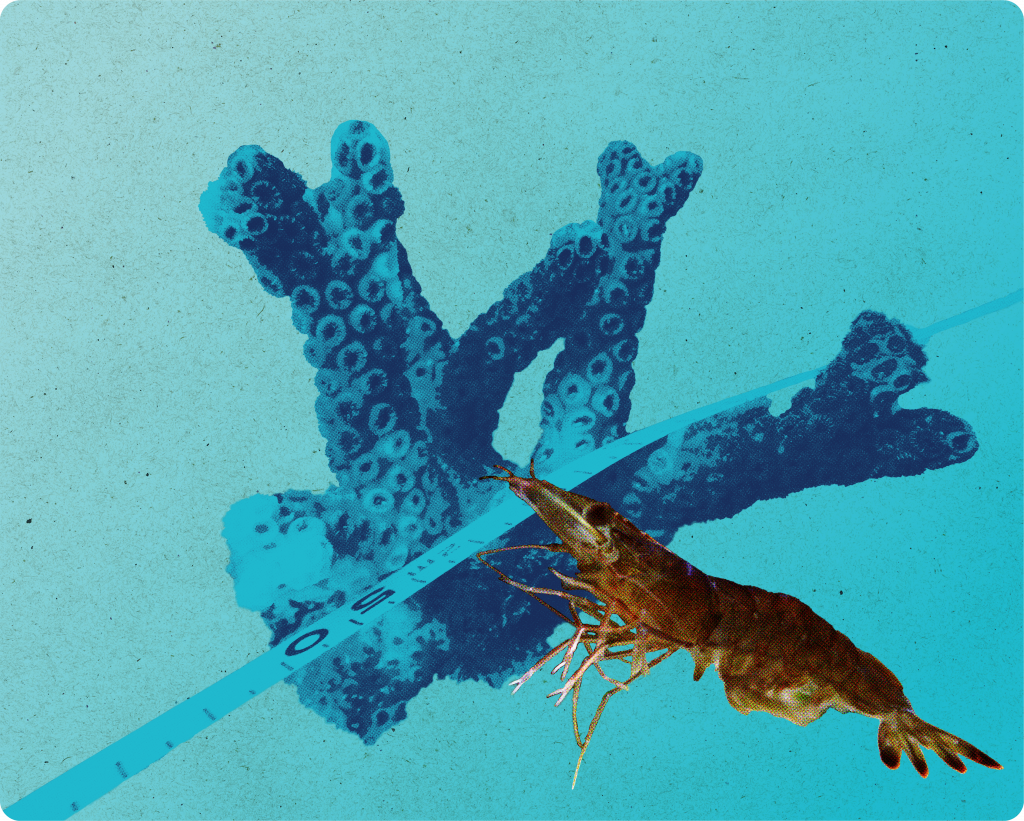
The Gulf’s tropical trends
Year Funded: 2020
Amount: $28,483
Source: CWT
City: Clearwater
Region: Central
Location: 28.02560823114083, -82.95068393908393
As the Earth’s climate warms, animals, and plants are on the move. In Florida, species are expanding their territories, including animals under the water. In 2019, scientists using a prior Foundation grant were surprised to find the presence of Caribbean Pederson cleaner shrimp (Ancylomenes pedersoni) associated with corkscrew anemones (Bartholomea annulate) for the first time in the eastern Gulf of Mexico. Cleaner shrimp are vital to reef ecosystems, as they remove parasites and help heal reef fish. Several species of tropical fishes were also observed, including damselfish, parrotfish, and butterflyfish, which are typically associated with tropical coral reefs. These findings led researchers to suspect that the ecosystem may be experiencing tropicalization.
To follow-up, our Foundation awarded a grant in 2020 that allowed FWC to further investigate the ecology of the eastern Gulf and search for additional anemone shrimp-cleaning stations and tropical fish. Understanding the changes and the pace at which they are occurring is essential to predicting future changes to Florida’s marine ecosystems.
The study also raised important questions about their interactions with resident species, their ability to survive colder winters, and the potential ecosystem changes resulting from their presence. An intriguing finding was that most cleaner shrimp were living independently of sea anemones, a behavior unique to the west coast of Florida. Typically, fish use anemones to locate cleaner shrimp, but the study recorded fish visiting cleaning stations both with and without anemones. This behavior was documented for the first time using underwater video cameras, highlighting the adaptability of these shrimp and their potential impact on local marine ecosystems.
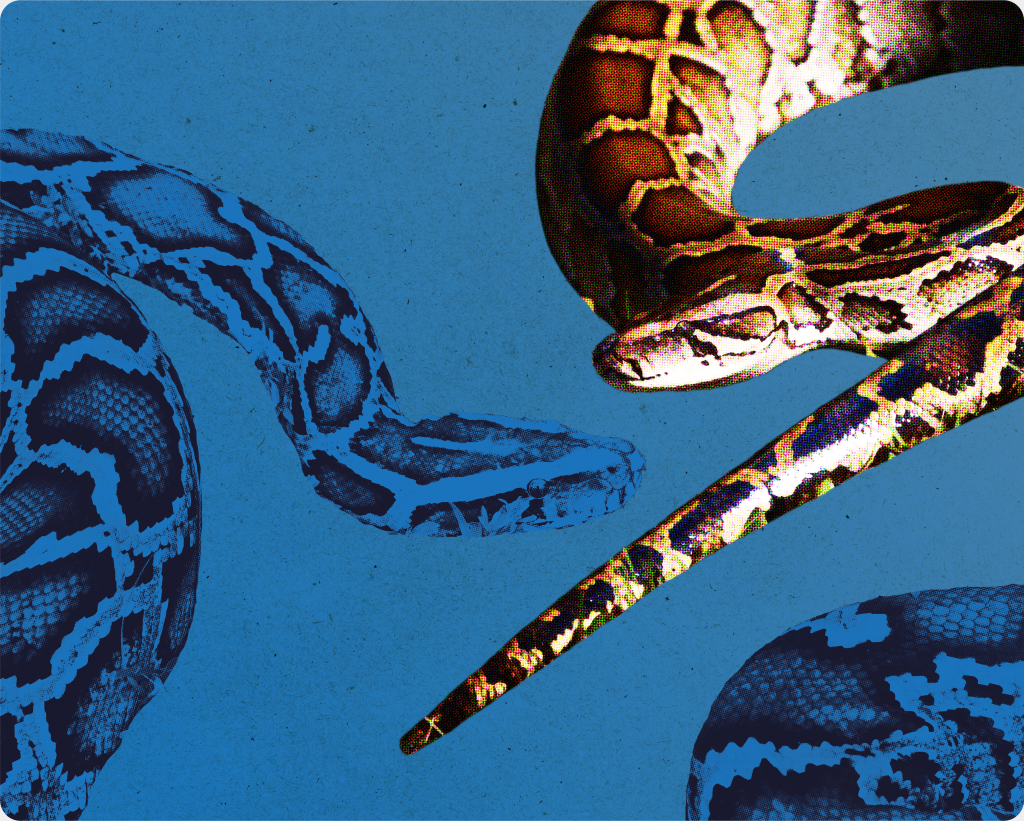
Using science and speed
Year Funded: 2019
Amount: $65,000
Source: CWT
City: Naples
Region: South
Location: 26.071452334267978, -81.55679200309422
Invasive Burmese pythons are devastating south Florida ecosystems, most notably the Everglades. Little has succeeded in slowing their slither across the state. In response, the Conservancy of Southwest Florida launched a ground-breaking research and removal program using radio-tagged male sentinel snakes. The males lead researchers to females, who are humanely euthanized, stopping reproduction at the source.
It’s painstaking work; some nights no pythons are found. But radio tagging these snakes to find other pythons is one line of attack that shows promise. The Foundation supported this work for the first time in 2019, expanding the Conservancy’s patrol area by 40 square miles into Picayune Strand State Forest, a critical Wildlife Management Area. The grant also added 10 new “scout snakes” to a roster of 30. Three biologists removed 192 adult pythons weighing approximately 7,800 pounds over two breeding seasons, including 105 female pythons containing over 4,000 developing eggs.
We continued our commitment to this project with an additional $120,000 grant in 2024. Pythons may never be eliminated from the Florida landscape, but with our continued efforts we can reduce their numbers.
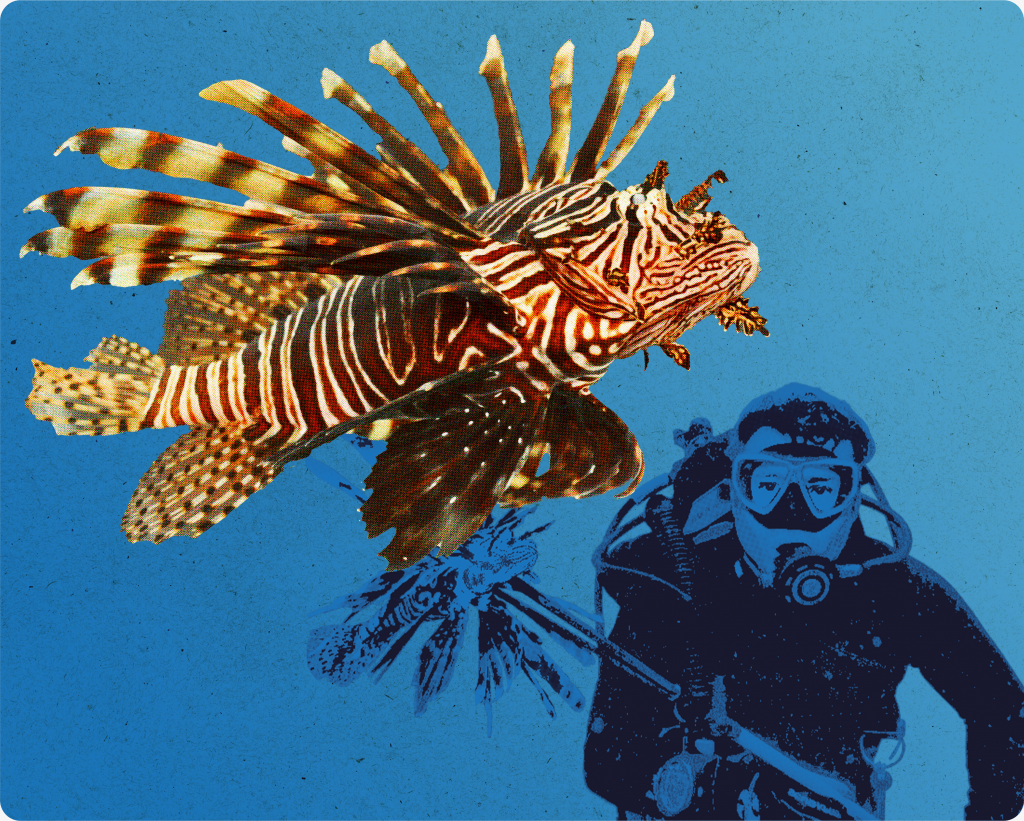
Turning the tide on lionfish
Year Funded: 2013
Amount: $43,600
Source: CWT
City: Cudjoe Key
Region: South
Location: 24.74867288250482, -81.55575108512758
Lionfish, an invasive species in Florida, pose a significant threat to the state’s marine ecosystems. Originally from the Indo-Pacific, these voracious predators have no natural enemies in Florida waters, allowing their populations to explode. Lionfish prey on a wide variety of native fish and invertebrates, disrupting local food webs and competing with native species for resources. Their presence on Florida reefs and hardbottom habitats can lead to declines in native fish populations, affecting the overall health and biodiversity of these ecosystems.
In response, our Foundation funded a FWC project in 2013 to manage the lionfish population in the Florida Keys. This ambitious effort assessed the level of effort required to control lionfish on hardbottom habitats and understand the ecological impacts where removal efforts do not occur.
The study revealed that lionfish tend to favor complex reef structures with overhanging features, which facilitate their ambush predation strategies, primarily during early morning hours. Researchers also learned that monthly removals were effective in controlling lionfish populations at specific sites. While more frequent removals (weekly or bi-weekly) kept lionfish numbers very low, monthly efforts were sufficient to prevent populations from returning to pre-removal levels. Interestingly, lionfish were found to recolonize more quickly at greater depths, yet these activities did not significantly affect local fish communities.
Thanks to the study, a multifaceted approach to managing lionfish in the Florida Keys gained valuable insights, benefitting the entire marine ecosystem.
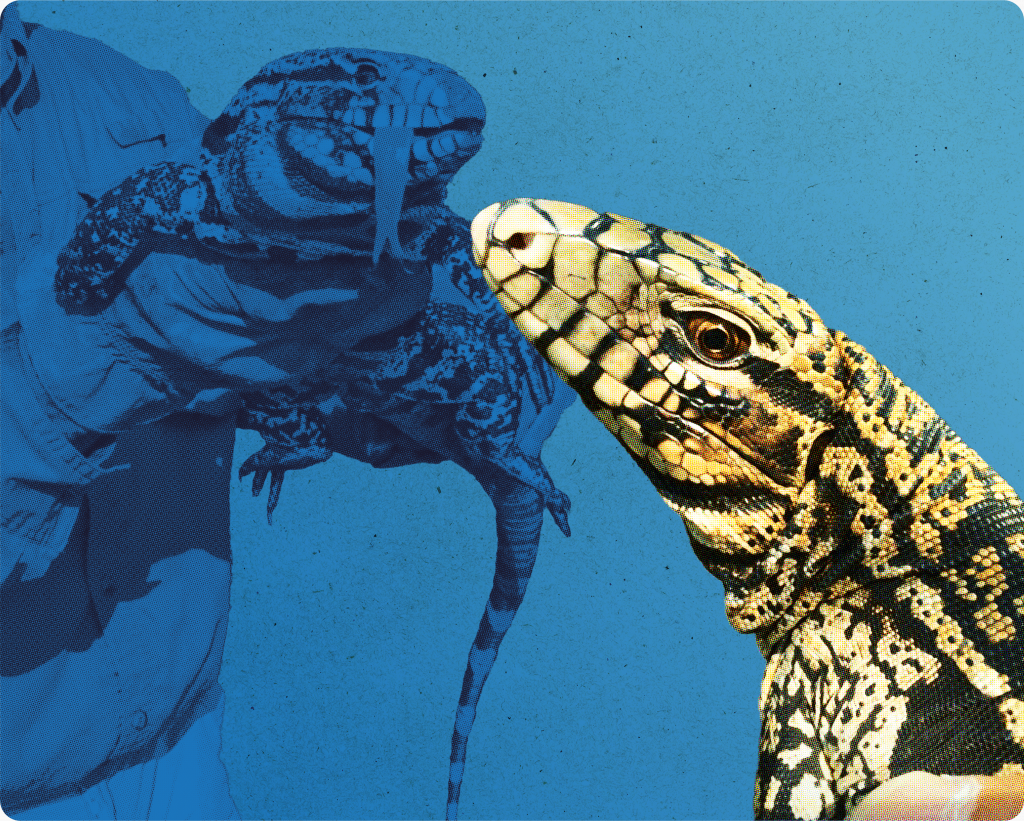
Tackling tegus
Year Funded: 2014
Amount: $75,000
Source: CWT
City: Everglades
Region: South
Location: 25.568753665816875, -80.73315599882869
Argentine black and white tegus are an invasive species in Florida, posing a significant threat to the state’s native wildlife and ecosystems. Originally from South America, these large, omnivorous lizards have established populations in several regions, including the Everglades. Tegus are highly adaptable and have a broad diet, preying on native species like ground-nesting birds, reptiles, and even small mammals. Their presence disrupts local ecosystems and competes with native wildlife for resources.
Eradicating invasives quickly before they can become established is key, which is why our Foundation funded FWC’s Everglades Invasive Reptile and Amphibian Monitoring Program in 2014. The project focused on rapid response and removal of Argentine black and white tegus, Northern African pythons, and spectacled caimans.
The project removed 279 tegus and detected another 31 unique tegus through camera traps. The team conducted 29 rapid response cases, tracking six tegus via transmitters, and performed 95 necropsies on removed reptiles. Notably, two female tegus were tracked to nests, leading to the removal of 54 eggs.
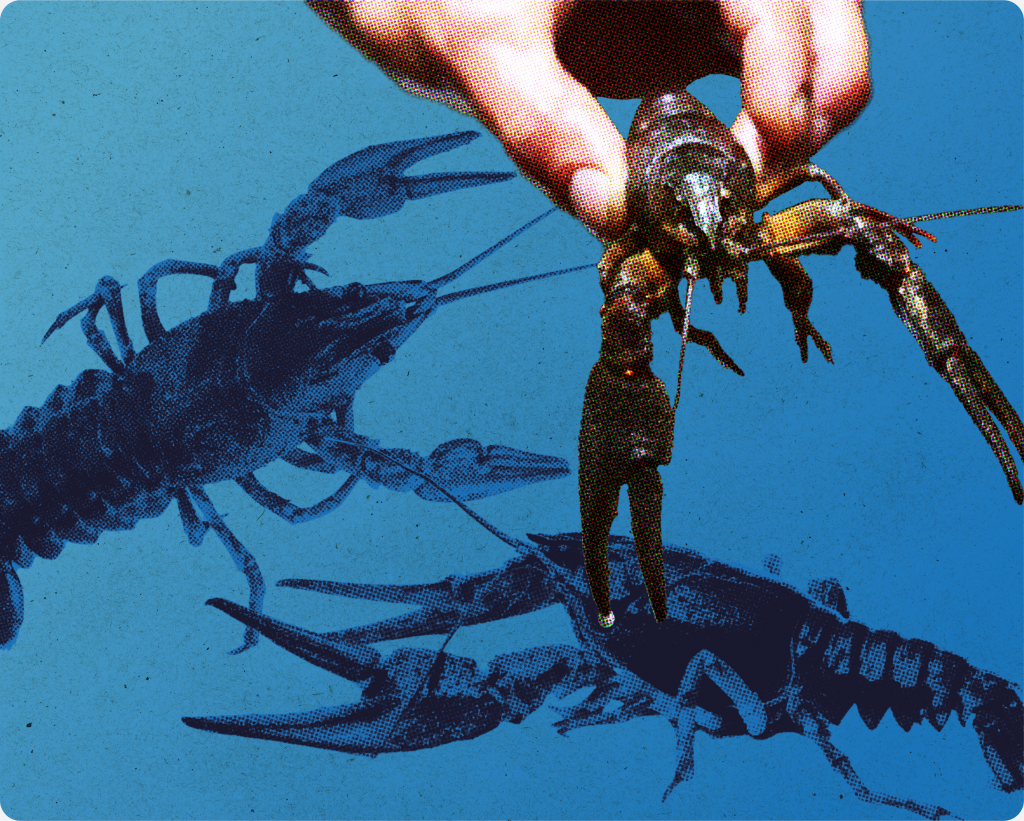
Protecting a rare Florida crayfish
Year Funded: 2023
Amount: $170,000
Source: CWT
City: Jacksonville
Region: North
Location: 30.085077014960273, -81.77550782845312
One of our largest Conserve Wildlife license plate grants in 2023 went to one of Florida’s smallest animals! Our Foundation made a grant of $171,000 to protect Florida’s last-remaining populations of Black Creek crayfish (Procambarus pictus). The Black Creek crayfish are limited in Florida to a few tannin-stained streams in St. Johns, Duval, Clay, and Putnam counties.
Another species of crayfish not native to the area, the white-tubercled crayfish, is rapidly outcompeting its Black Creek cousin and may be spreading a disease. This grant allowed FWC biologists to erect barriers to prevent the invading crayfish from traveling upstream to the last Black Creek crayfish populations. Scientists are monitoring these barriers and may use them to create new refuges for the crayfish.
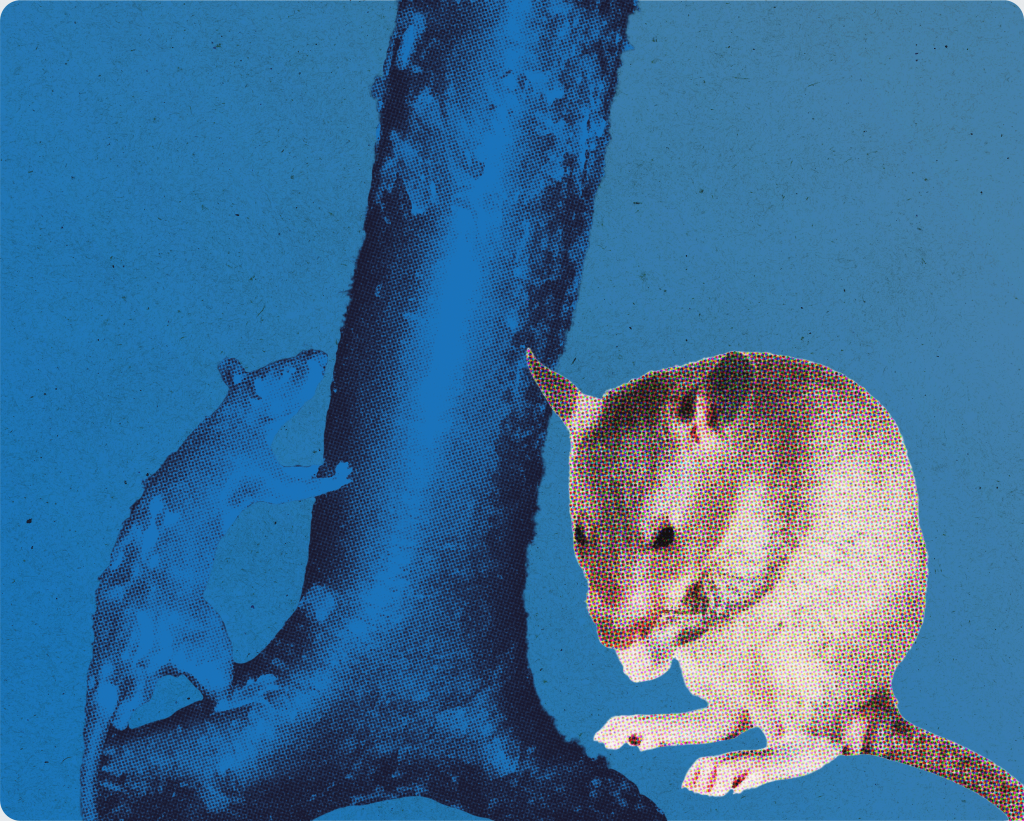
Eradicating invasive rats
Year Funded: 2013
Amount: $70,000
Source: CWT
City: Marathon
Region: South
Location: 24.75664705875557, -80.96791163358132
Gambian pouched rats, originally from Africa, have become a significant invasive problem, particularly on Grassy Key. Invasives are non-native species that negatively impact Florida’s native fish and wildlife, harm the environment or economy, or threaten human health and safety. So despite the fact that gambian pouched rats can be trained to sniff out landmines in places like Cambodia and Zimbabwe, the species is an unwelcome presence to Florida’s delicate ecosystems.
Arriving in the Keys from the exotic pet trade, these house cat sized-rodents pose a threat to native wildlife and habitats due to their tremendous size, reproductive rate, and adaptability. They can outcompete local species for food and habitat, leading to imbalances in the ecosystem and have the potential to spread diseases.
To help FWC eradicate them, we funded projects in 2006 and 2013 taking aim at the population on Grassy Key. Using intensive trapping and monitoring, researchers made significant progress in controlling the invasive species. The project also removed a large Nile monitor and tracked female tegus to their nests, resulting in the removal of 54 eggs.
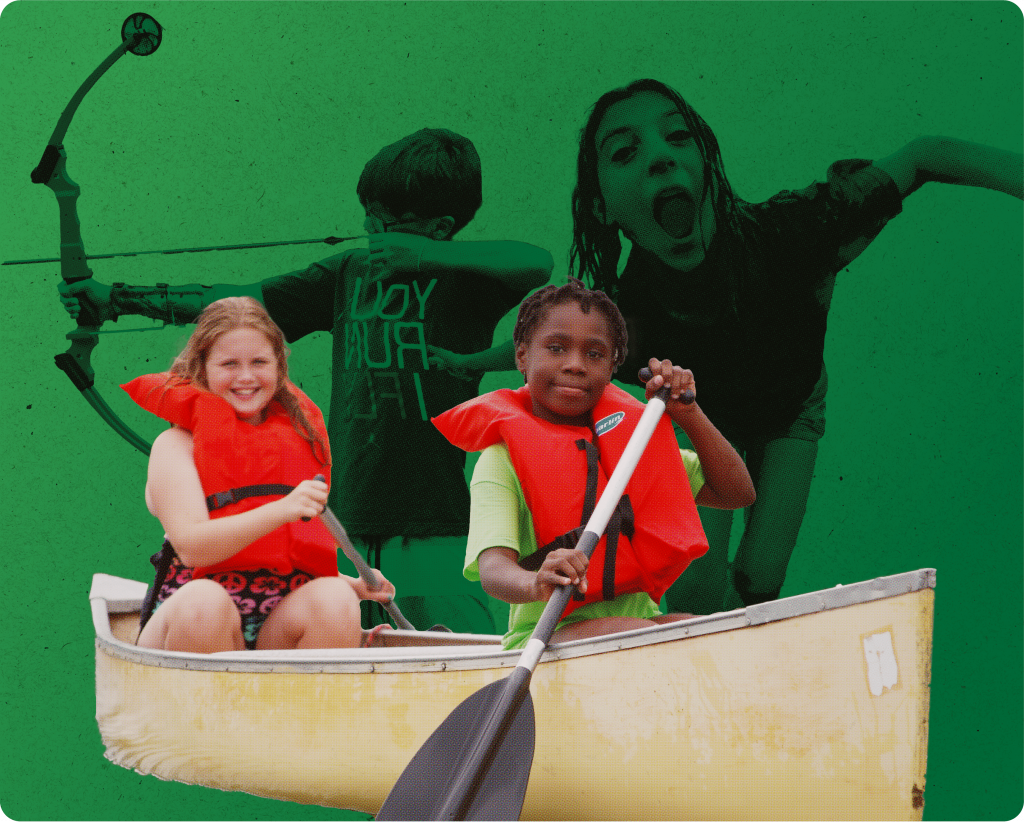
Expanding EYCC
Year Funded: 2014
Amount: $300,000
Source: CWT, Marty & Daphne Wood, Dick & Cornelia Corbett
City: West Palm Beach
Region: South
Location: 26.856072508325205, -80.29955898814296
Nestled in the heart of one of America’s most unique natural landscapes, the Everglades Youth Conservation Camp (EYCC) offers a remarkable blend of education, adventure, and conservation to 1,500 kids a year. Since 1967, EYCC has served children and families with hands-on, outdoor experiences, and conservation education. From September through April, EYCC hosts schools and serves as a rental facility. From May through August, EYCC is a full-service, sleepaway summer camp for third through eighth graders with an adjoining leadership camp for ninth through 12th graders.
Campers learn from experts, engage in handson conservation projects, and explore diverse ecosystems through exciting outdoor activities. It’s where fun meets purpose, education meets adventure, and every camper leaves with a deeper understanding of the natural world and their role in protecting it.
But as the camp has aged, so have its facilities. In 2014, our Foundation funded extensive upgrades to meet modern standards and accessibility needs, including wheelchair access to cabins. We also funded a new 1,500-square-foot indoor classroom with a wet lab, expanding the camp’s capacity to offer year-round conservation education programs. 10 years later, we are still committed to upgrading EYCC, fundraising to construct a camp for future generations of Floridians.
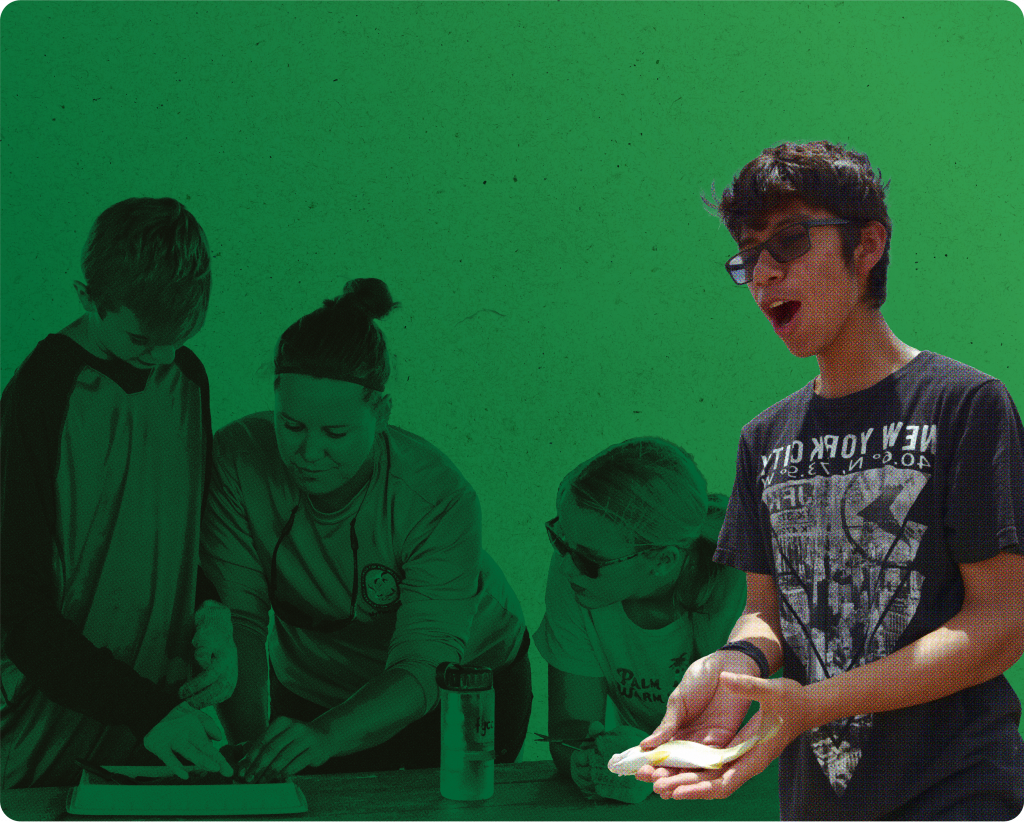
Fish fun for all at SYCC
Year Funded: 2018
Amount: $500,000
Source: Dick & Cornelia Corbett, Union Sportsmen’s Alliance, Southern States Millwright Regional Council, The Saunders Foundation, Frank E. Duckwall Foundation, Ben Hur Construction, Pure Fishing, TECO Energy, and a number of local labor unions
City: Apollo Beach
Region: Central
Location: 27.779965391096592, -82.40201127661545
Partnering with the Union Sportsmen’s Alliance (USA), our Foundation helped construct a new wheelchair-accessible boardwalk and fishing pier at the Suncoast Youth Conservation Center (SYCC) in Apollo Beach, Florida. Volunteers donated more than 2,000 hours of skilled labor valued at over $100,000 to create the new boardwalk and pier.
The multi-year, collaborative effort gives thousands of youth and their families opportunities to study, enjoy, and appreciate the Gulf of Mexico’s inshore fish and wildlife resources. Part of the FWC’s Florida Youth Conservation Centers Network, SYCC is a marine-focused conservation education center on the eastern shore of Tampa Bay. The campus includes a 6,000-square-foot education facility and annually serves more than 11,000 youth and adults. The boardwalk and pier flank a restored saltwater pond and marsh adjacent to the educational complex. The new structure allows visitors to study coastal marine habitats. It also serves as the perfect platform to teach the joys of fishing, thereby supporting the FYCCN’s goal to create the next generation of conservationists by providing youth opportunities to participate in traditional outdoor activities that inspire lifelong stewardship for fish and wildlife conservation.
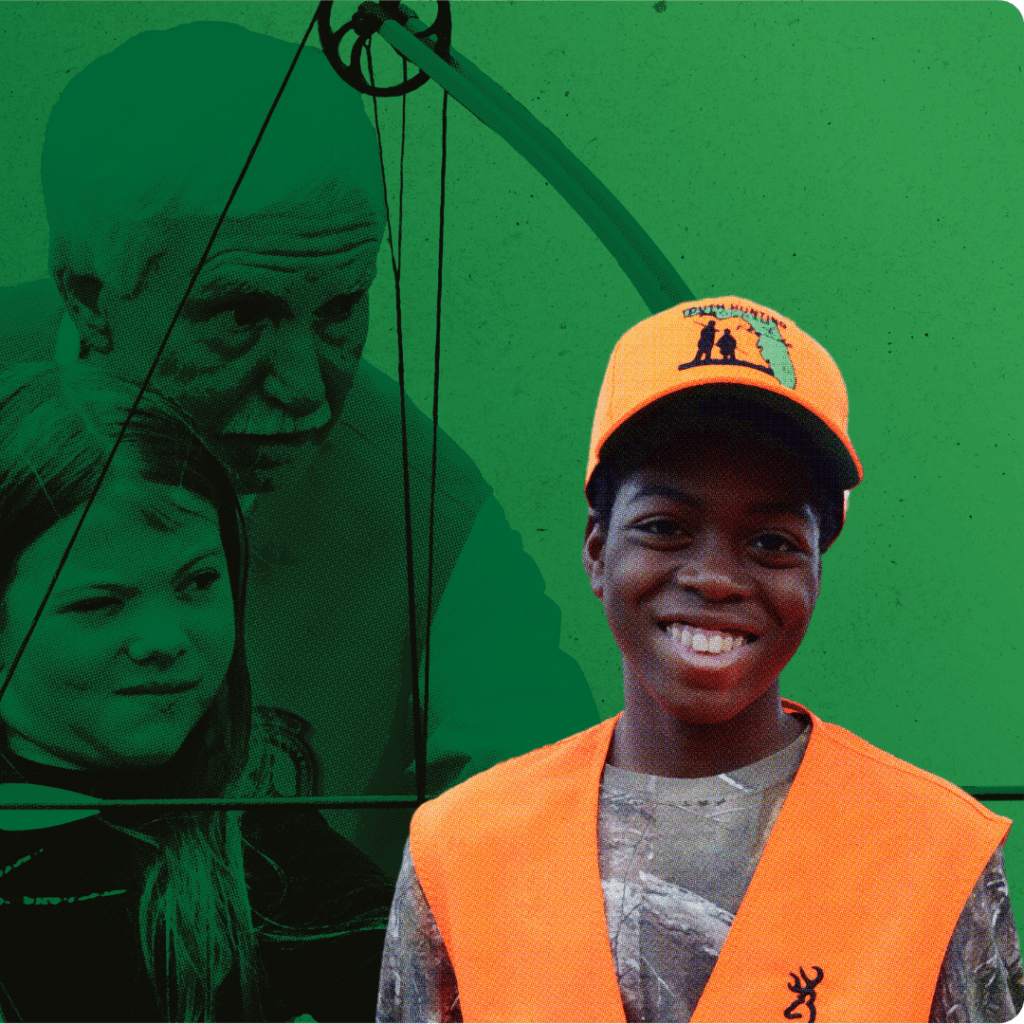
Turning Tampa Bay kids from screens to archery
Year Funded: 2020
Amount: $4,920
Source: WFF
City: Tampa
Region: Central
Location: 27.5915144323219, -82.62868686072571
Fishing was women’s work in Jovan McNeill’s family. His great-grandmother taught his mother how to cast her lines and reel in her catches. McNeill’s mother passed the family skill on to her son, taking him to Gandy and Morris Bridges once a month to reconnect outdoors. In the business of a single-parent household, that quiet time together was invaluable.
McNeill wanted to share those formative experiences with others, giving kids a chance to put down their phones and bond with their families and nature. In response, he founded Cloud Nine Outdoors (CNO). To support this work, our Foundation awarded CNO a grant for monthly archery and hunting programs designed for women and minority youth. Thanks to the funding, each participant spent two days at a shooting range, and then took their skills into the woods to hunt invasive wild hogs using archery or rifles. Successful hunters learned how to process their game.
In addition to exposing children to new experiences, McNeill is creating a generation of outdoor recreation and conservation advocates. CNO’s programs incorporate animal identification, game species anatomy, and environmental stewardship. It also gives kids a source of consistency; they stay with CNO leaders throughout the year, year after year. While teaching a love of nature, leaders also impart life skills. Their participants have a 100% graduation rate, and all have gone on to college or trade schools with scholarships from CNO. Some of the students have even found their career paths because of the program.
McNeill and his mom still find time to fish together, though with her serving on the board they spend more time talking about CNO.
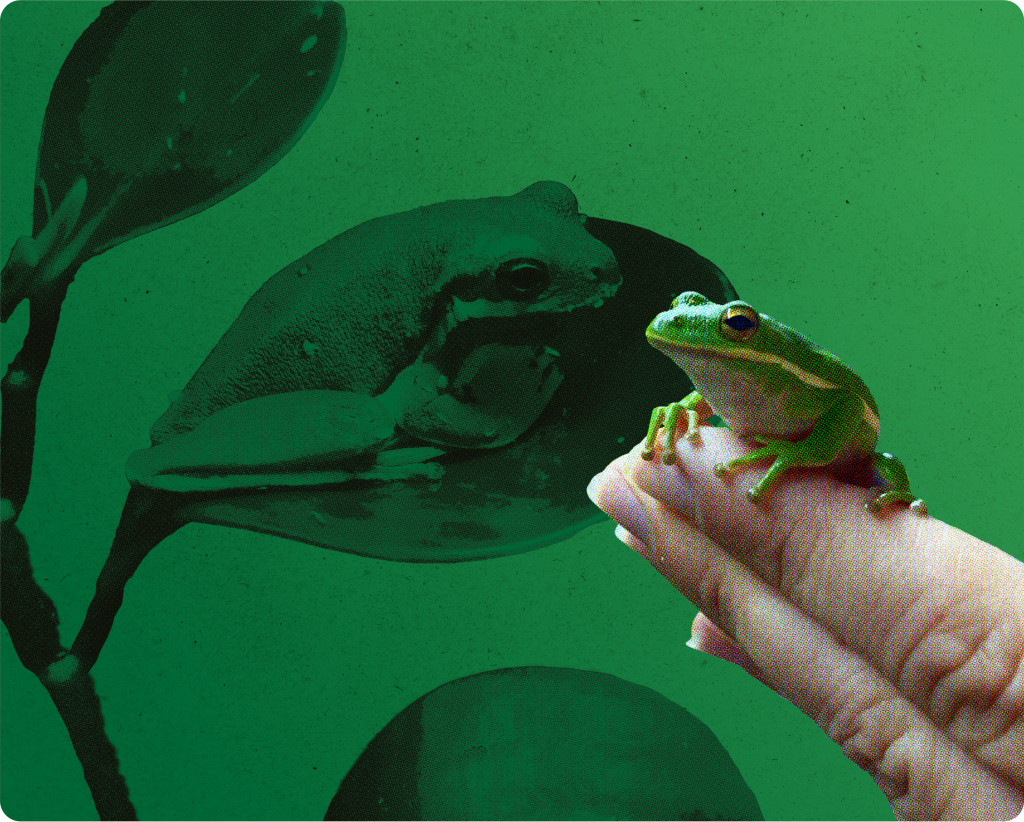
Hopping toward conservation
Year Funded: 2022
Amount: $15,190
Source: General funds
City: St Petersburg
Region: Central
Location: 27.77384389648835, -82.6247241668195
Thanks to funding from our Foundation, the Tampa Bay Watch Discovery Center’s Ribbit Exhibit launched in August 2022, featuring native and invasive frog and toad species found in Florida like green tree frogs and cane toads. This exhibit educates the public on the importance of native species, the threats posed by invasives, and how to distinguish between them.
The exhibit has become a favorite among visitors and school groups, inspiring programming for field trips, after-school programs, and community outreach events. The animal ambassadors, featured in the exhibit, also participate in offsite educational events, enhancing engagement and learning.
Since its opening, the exhibit has welcomed over 54,000 visitors and hosted more than 100 Herpetology 101 programs.
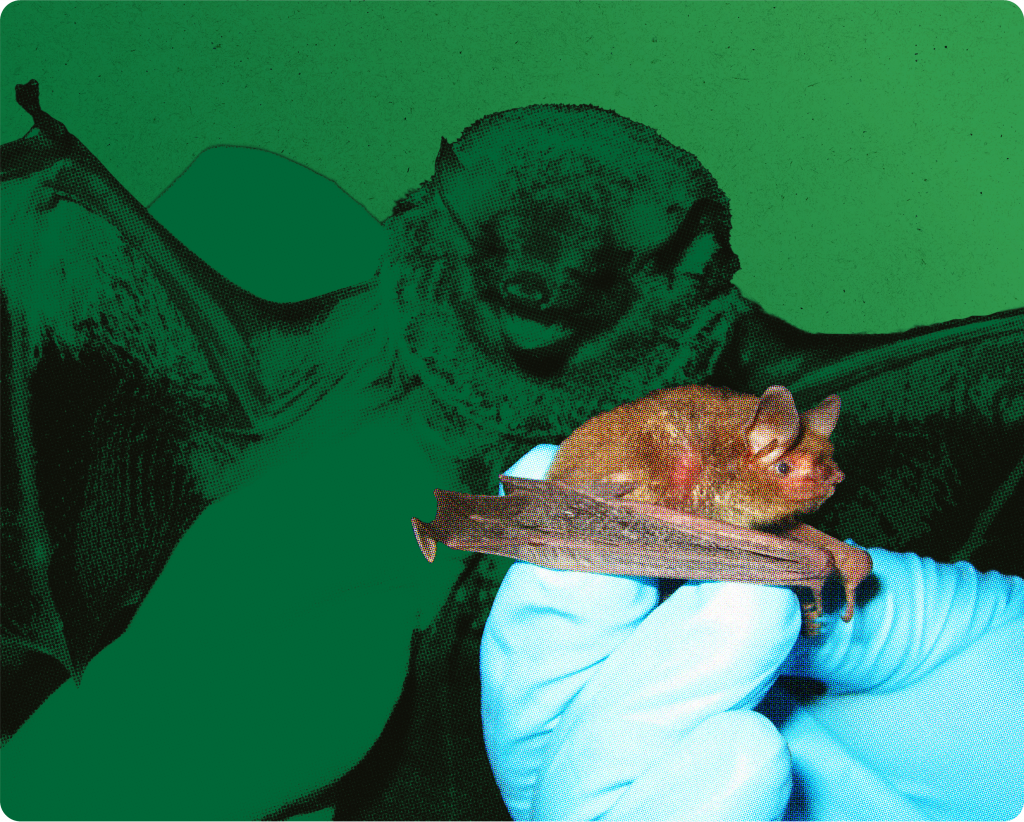
All a-bat Florida’s bats
Year Funded: 2020
Amount: $12,830
Source: WFF
City: Otter Creek
Region: North
Location: 29.36406441446815, -82.74026916680657
Florida is home to 13 native bat species, including the critically endangered Florida bonneted bat. Sadly, their reputation does not reflect how beneficial they are to the environment. They serve critical roles worldwide as insect pest controllers, pollinators, seed-dispersers, and fertilizers. Across the United States, bats save the agriculture industry billions of dollars per year.
However, Florida’s bats are facing many challenges, including the loss of natural roosting sites in trees and caves. Our Foundation was proud to provide a grant to the non-profit Future of Hunting in Florida (FHF) to construct a bat condominium to provide housing for Florida’s invaluable bat population.
The majority of our grant was used to support outings for new, youth, and veteran hunters at FHF’s two leases. A small portion of the grant was also used to erect two bat houses at these locations in Levy and Liberty County, providing roosting habitat. FHF is hopeful that the condo will open a conversation with hunters about the ecological and economical importance of bats and inspire an appreciation for their species.
The structures, built over two weekends by Boy Scouts, are capable of housing over 3,000 bats. Since construction in the fall of last year, the local bat population has already taken up residence in their new homes. FHF not only got kids outside for hands-on hunting experiences, but also emphasized the importance of conservation.
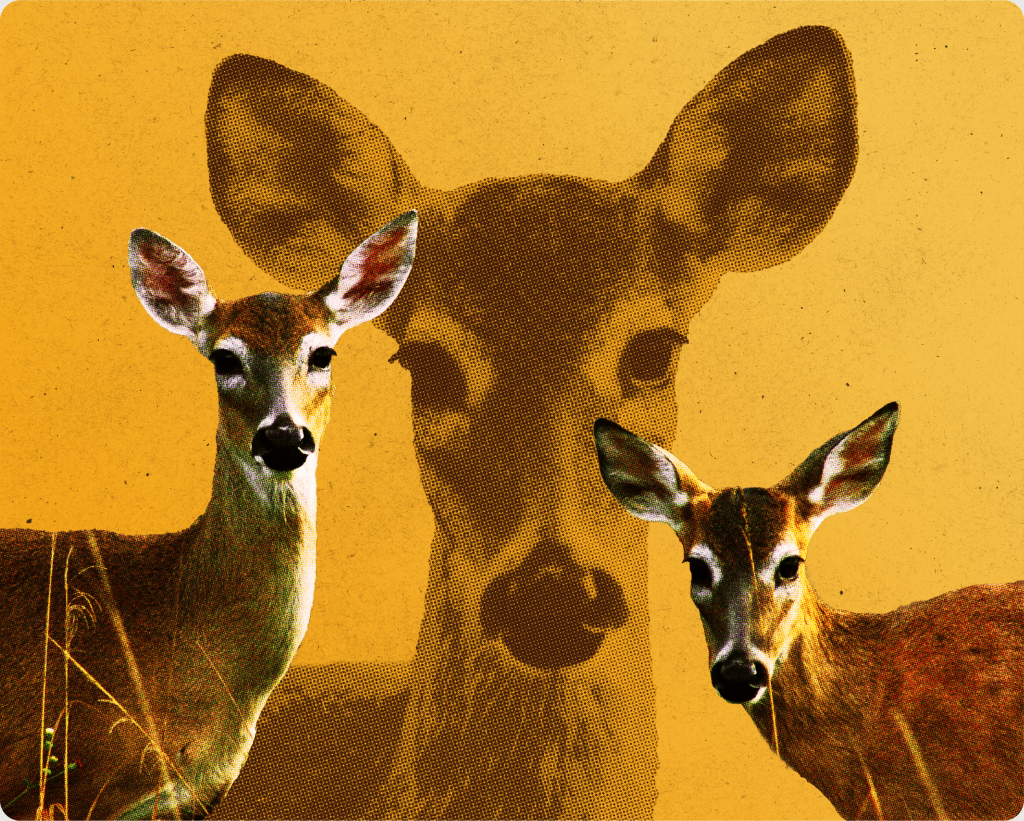
Preventing the spread of a deadly disease
Year Funded: 2002
Amount: $52,000
Source: CWT
City: Chipley
Region: North
Location: 30.88167570458102, -85.84548460541019
ICYMI: chronic wasting disease (CWD), a deadly neurological disorder that affects white-tail deer, was found in Florida in June 2023 via FWC’s robust monitoring program. Our Foundation has supported this program since our first Wildlife Foundation of Florida specialty license plate grant in 2002, helping FWC test more than 17,500 hunter-killed, road-killed, and sick or diseased deer.
CWD is highly contagious and can spread among deer through direct contact with bodily fluids, contaminated environments, and even ingestion of contaminated plants or soil. The consequences of CWD on white-tailed deer populations are significant. Infected animals experience weight loss, behavioral changes, and physical deterioration. CWD also reduces their ability to evade predators. The disease is always fatal. As a result, affected populations may face declines in numbers and decreased genetic diversity, potentially impacting the ecosystem as a whole. CWD is not known to infect humans or livestock at this time.
Through 2024 we funded more than $300,000 in surveillance, testing to understand disease prevalence, communications to the hunting community, education, and carcass disposal incentives to taxidermists and deer processors in high-risk counties. Although only one case has been found so far, FWC is prepared to respond to more, and we will be there to help.
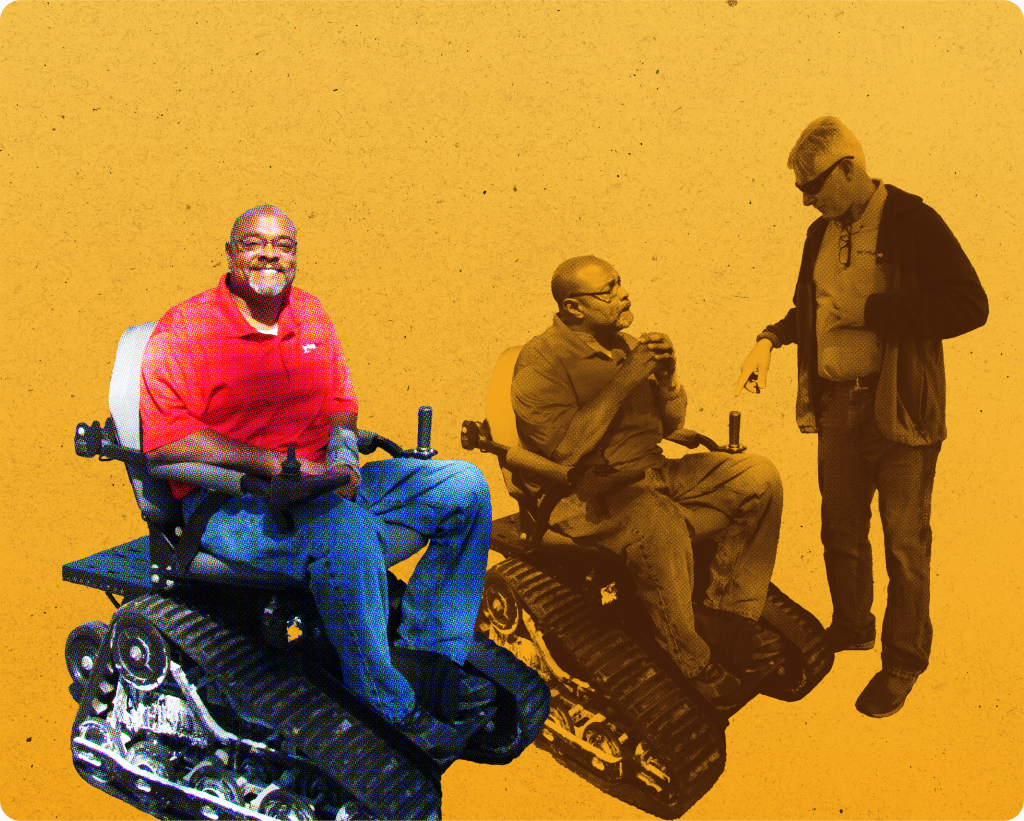
Making the outdoors accessible to all
Year Funded: 2022
Amount: $25,000
Source: WFF
City: North Port
Region: Central
Location: 27.044807750029296, -82.24114128641442
Cordell Jeter spent his childhood building tree forts and running through the woods catching frogs. He thought that part of his life was over when a car accident left him paralyzed from the waist down at 20 years old. Jeter had completed a marathon and won medals at the 1992 Paralympic Games within three years of the accident, but he had not returned to his beloved woods.
Fast forward thirty years: in 2014, Jeter was introduced to the Florida Disabled Outdoors Association (FDOA) and their all-terrain trackchairs, opening the outdoor world up to him. With FDOA, Jeter participated in hunts, visited the beach, fished, and explored the woods for the first time since his paralysis. To ensure that all have this access to outdoor adventures, we have made several grants to FDOA to purchase all-terrain mobility devices that are available to rent at FWC hunts as well as other outdoor adventures.
In 2024 we awarded $24,000 to the program from our Wildlife Foundation of Florida specialty license plate and received a $50,000 donation from FPL via NextEra Energy Foundation to help purchase more ecorovers, ensuring that even more Floridians will be able to access the outdoors.

Female veterans find a new home in the outdoors
Year Funded: 2020
Amount: $26,700
Source: WFF
City: Milton
Region: North
Location: 30.788797692170164, -86.84164043420155
With women accounting for 10% of the United States’ military, veteran organizations are finding creative ways to be more inclusive. One such organization is Operation Outdoor Freedom (OOF), thanks to a grant from our Foundation.
OOF helps wounded or disabled veterans reconnect with the outdoors through white-tailed deer and turkey hunts. The participants used to be exclusively male, but five female veterans have recently joined hunts in Blackwater River State Forest. Marna Tracy, who served in the Army, was visiting the Florida State Fair in 2016 when she saw OOF’s booth promoting a gator hunt. After that first gator hunt, she was hooked and has since participated in several other trips with OOF, including a recent bow hunt where she was the only person to harvest a deer. While it was not a barrier for Tracy, OOF did not have a separate housing facility for the female hunters during her trips. Our initial grant was intended to help to construct a women’s dormitory for up to seven women at Blackwater River State Forest. But prices and material availability skyrocketed thanks to the COVID-19 pandemic and effects of Hurricane Sally. As a result, we gave a second grant that completed four individual bedrooms and two dual occupancy bedrooms, as well as three private baths with ADA compliant facilities. The dorms have been used since opening, introducing new hunters to the outdoors and providing a welcoming environment for female veterans.
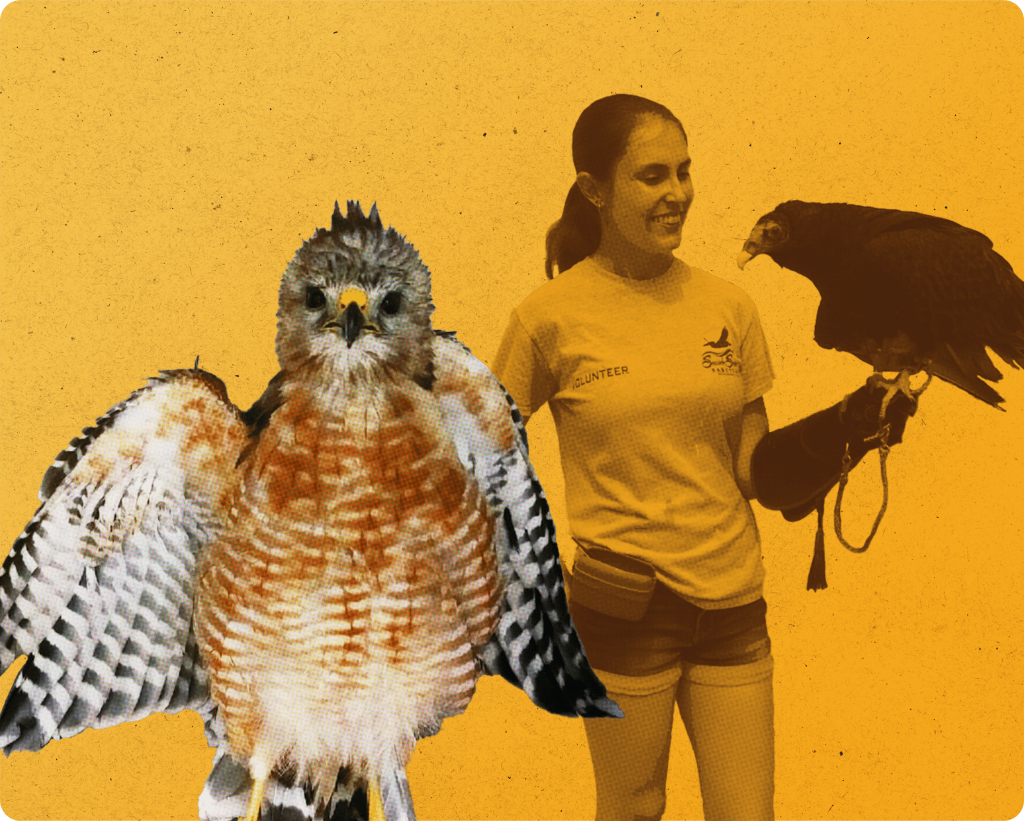
Leftovers for Lars
Year Funded: 2021
Amount: $10,000
Source: WFF
City: Fellsmere
Region: Central
Location: 27.76803782069135, -80.60185528546155
With soaring food prices post-pandemic, many Floridians saw a much higher grocery bill than usual. For many, it meant compromising their normal purchases, but for others it sadly meant going without. Luckily, Florida Hunters for the Hungry (FLH4H) was there to help.
The nonprofit works with Florida’s tight-knit hunting community to provide protein-rich meals to individuals in need. When Florida deer and boar hunters are ready to donate their harvest, they alert a member of FLH4H who facilitates getting the massive animals to a nearby processing center. It’s here the meat is broken down into manageable amounts before being donated to local food pantries.
Thanks to a grant from our Foundation, FLH4H was able to cover expenses for transportation and processing for their 2021-2022 season, as well as subsequent seasons. Their program also encourages sustainable hunting practices and land stewardship for those who donate their harvest. Most of the animals donated are white-tailed deer and wild hog, which are an invasive species in Florida.
Since 2019, the organization has provided over 29,000 pounds of food for the hungry. Operation Hope Florida, located in the rural agricultural city of Fellsmere, is one that receives meat donations. In 1997, Jesse Zermeno founded Operation Hope in response to the plight of migrant workers in Fellsmere. Today, he and his nonprofit support hundreds of families in need by providing food pick-up on the first and third Saturdays of the month.
While Jesse receives produce and canned goods from a variety of sources, protein can be harder to come by. If meat is unavailable through donation, he will purchase chicken and beef with cash but says the hunted wild hogs provided by FLH4H are a welcomed delicacy.
Humans in Florida aren’t the only ones benefiting from FLH4H donations; so are animals. Seaside Bird Sanctuary in Indian Shores has some stubborn rehab patients, including turkey vulture Lars. Lars sustained an injury that prevents him from flying, leading to his residence at the sanctuary. Despite his comfy new digs, he still longs for the thrill of finding his own meat and needs variety in his diet. Thanks to our grant, FLH4H donated meat to the sanctuary that food banks don’t typically want, like venison ribs and hearts. These gifts are literally drooled over by the patients and residents like Lars, coaxing injured birds to eat and stubborn ones like Lars to learn skills, and provide overall enrichment.
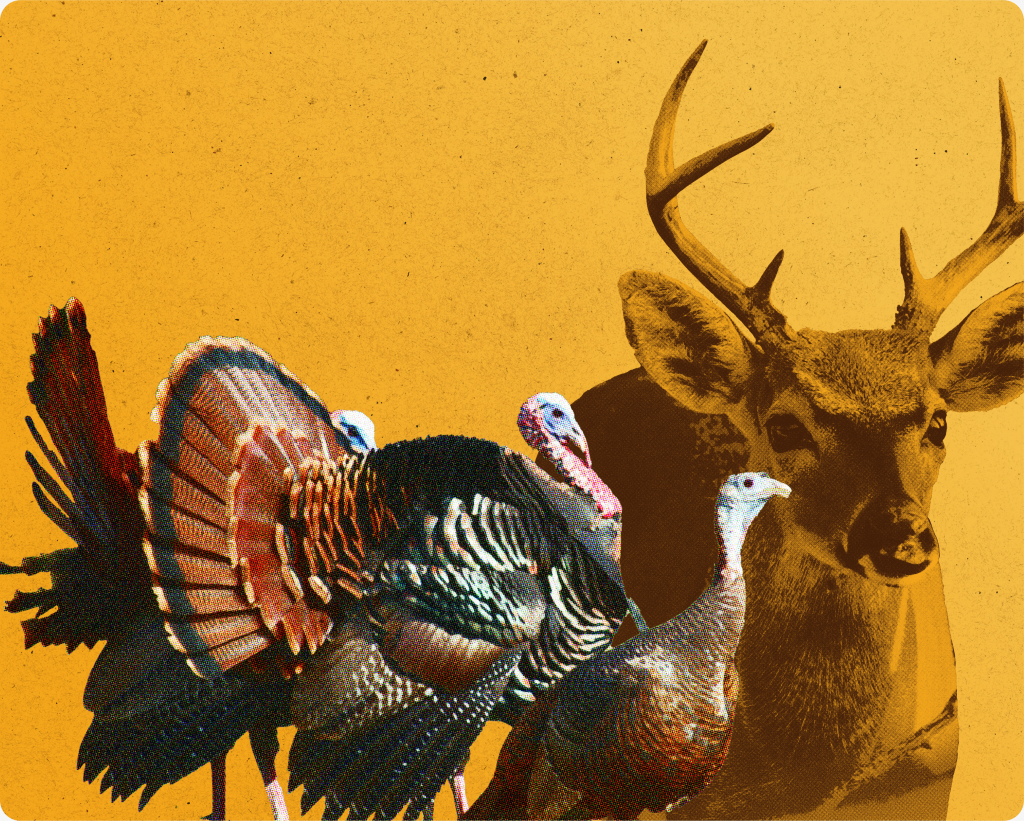
Improving Duette Preserve
Year Funded: 2018
Amount: $28,450
Source: WFF
City: Myakka City
Region: Central
Location: 27.53296022367695, -82.10132439381276
Duette Preserve in Manatee County is a wild Florida paradise. Home to the headwaters of the Myakka River, it hosts weekend hunts and boasts a magnificent population of deer, turkey, quail, and an increasing number of imperiled Florida scrub-jays. But the 21,000-acre preserve also required rejuvenation, namely seeding to build up the native groundcover wildlife forages on and a new archery range.
Thanks to a grant from our Foundation, Manatee County completed their renovation plans, purchasing a new Grasslander seeder alongside native seeds. This allowed the county to plant over 700 pounds of seed in the restoration area, providing food and cover for deer, turkey, and quail. Seed was also collected onsite and used to start a nursery, ensuring that the preserve is ready to plant more in the future. The new seeder and nursery will restore 10 acres of groundcover each year. The archery range was completed in September 2020 and new equipment was purchased for the other ranges. With the additions, the preserve’s archery hunts were completely sold out for the first time! And game animals are not the only ones enjoying the improvements: An endangered Florida panther was spotted in the Preserve for the first time in early 2024.
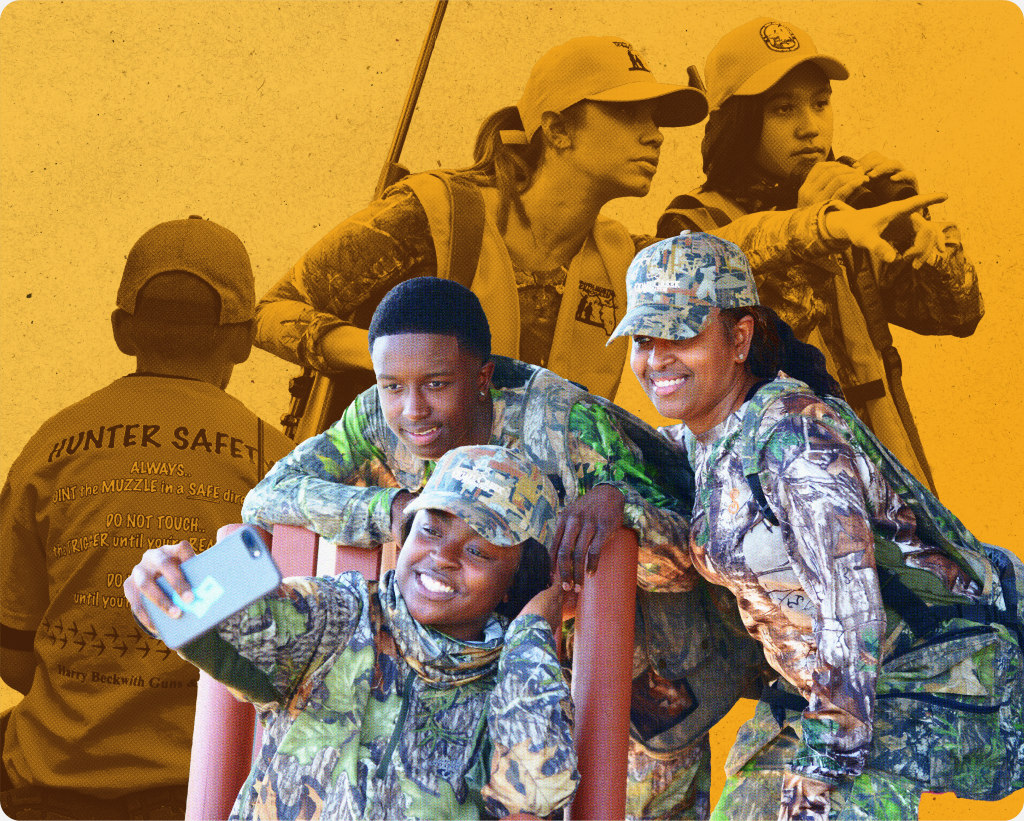
Removing barriers for new hunters
Year Funded: 2018
Amount: $2,000
Source: WFF
City: Hawthorne
Region: North
Location: 29.60973849776276, -82.0648284311135
Hunting can have many barriers to first-timers, especially women: where to go, how to shoot, what are the rules. The Gator Gobblers, a chapter of The National Wild Turkey Federation in Alachua County, were established in 2011 by Missie Schneider to address these barriers along with conserving wild turkeys and America’s hunting heritage. Over the past decade they’ve introduced hundreds of Floridians to hunting, including many women and youth. Starting in 2018, our Foundation has awarded four grants to the Gator Gobblers for youth and women’s hunting education programs and land conservation initiatives.
Their hunts are especially popular. In addition to a turkey dinner, participants gain a deep appreciation for hunting, wildlife management, and conservation efforts. They also impart tradition and hunter ethics along with firearm safety and shooting proficiency.
Our Foundation’s Grants Program Administrator Anita Forester participated in a hunt at the 3,000-acre Little Orange Creek Preserve. As a novice, Anita was taught gun safety and allowed to practice at the range. Later in the day, Anita and Missie spent hours in a tree stand. Right before sunset, a large boar appeared in a clearing about 85 yards away. Anita took a perfect shot; she kept some meat and donated the rest to the camp.
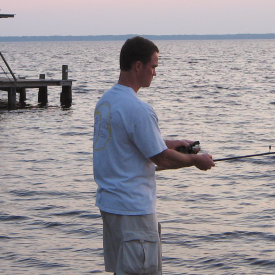
Will Bradford
Chief Operating Officer Will Bradford is a true Florida native. Growing up outside of Tallahassee, his love for nature began at an early age. He would meet up with neighborhood friends in the woods surrounding their homes, exploring until well after sunset. While he never encountered a Florida black bear on his many adventures, it became his favorite Florida animal because of their curiosity and intelligence.
A passionate Florida State University alumnus, he graduated with a bachelor’s degree in finance. “At FSU I felt at home amidst the rolling hills, beaches, and forests of north Florida,” he shared. “The fact that they were dominant at football did not hurt either!”
His solid education in financial management set the stage for a career dedicated to meticulous stewardship of the Foundation’s resources. He oversees our financial operations, ensuring that every dollar is used efficiently to support conservation, education, research, and outdoor recreation initiatives across Florida. He also handles Foundation operations, including human resources, grant oversight, and much more.
A true jack of all trades! Joining in 2007, he never imagined he would have nearly $100 million dollars to manage. “I remember being concerned about covering payroll several times,” he said. “I thought it was an outlandish suggestion when an advisor suggested that we could grow to have $30 million under our care.”
One of his favorite projects of the past 17 years has been our work with Florida grasshopper sparrows. Will remembers when the conservation breeding and release program was first proposed by the U.S. Fish and Wildlife Service. He championed the Foundation funding it from that moment, and is thrilled to see the population increasing. “I saw the chance to join the Foundation as a unique opportunity to combine my financial background with my love for the outdoors and make a difference,” he said. “This project is the perfect example of that difference. This remarkable little bird has been pulled back from the brink of extinction thanks to collaboration and innovation. It’s incredibly inspiring to witness it from inception until now.” Will shared that he is confident that the Foundation will continue to grow while remaining nimble, creative, and responsive, making an impact on species like the Florida grasshopper sparrow in the future.
Outside of his professional life, Will continues to enjoy the great outdoors, often spending his free time exploring wild Florida. His expertise, passion, and dedication are instrumental in advancing our mission and making a lasting impact on wild Florida for future generations.
Since our founding we’ve raised and given away nearly $100 million to these projects, and that’s just the start. With your support, we can ensure that Florida remains wild for the next 30 years, and generations beyond.
